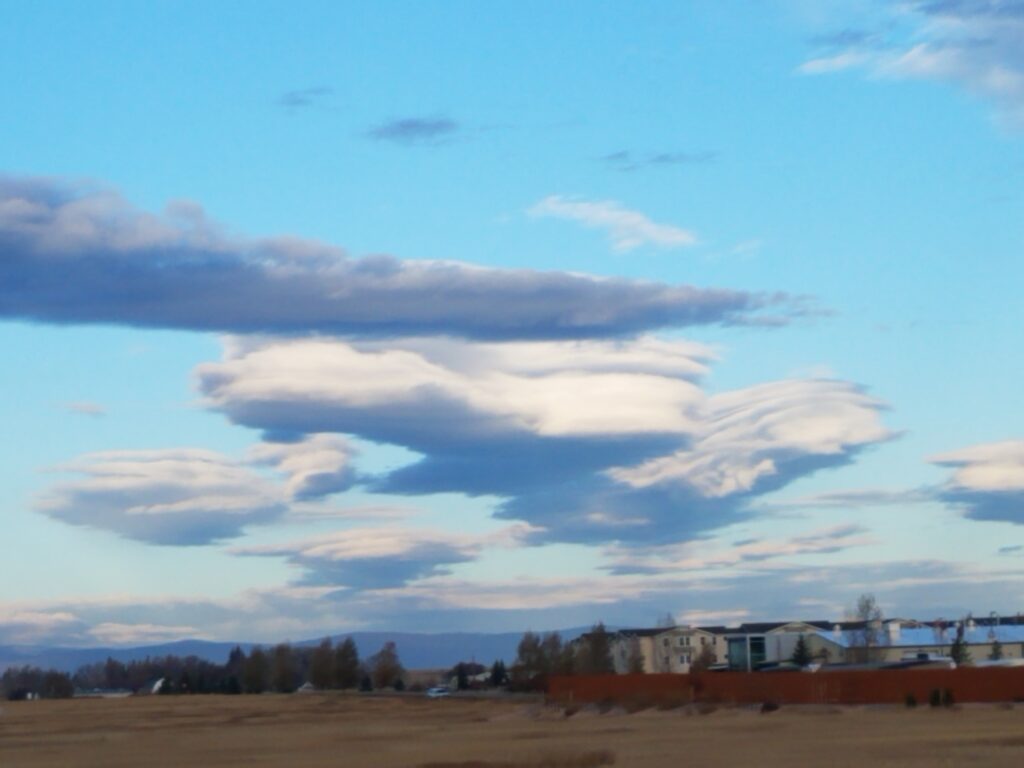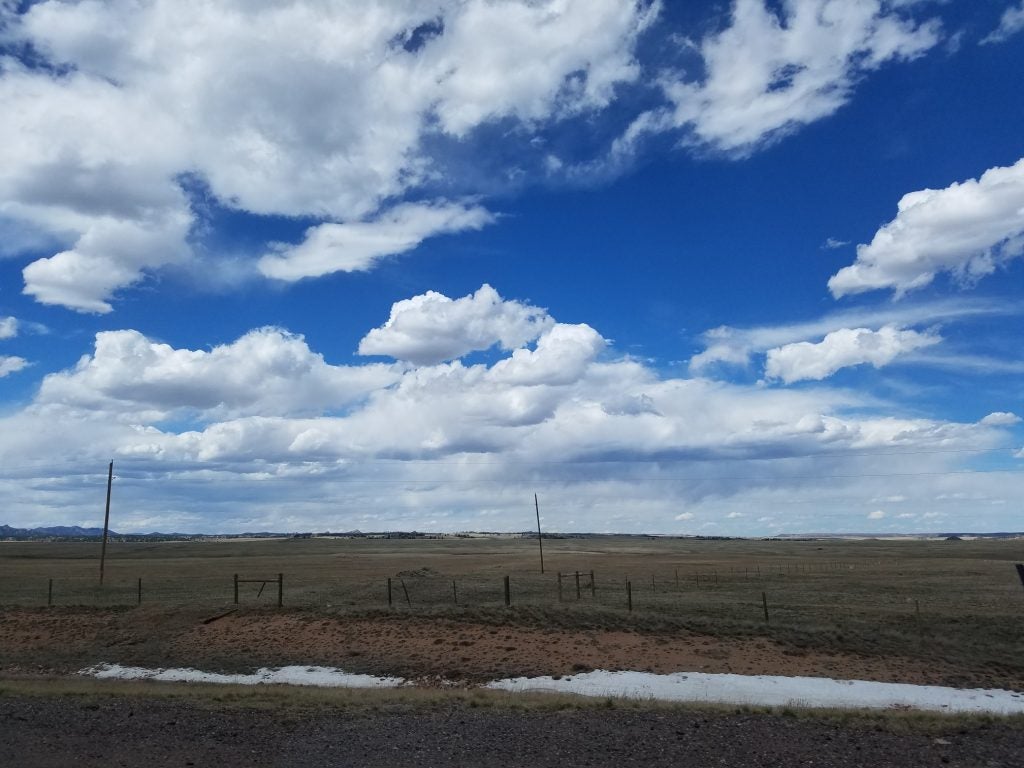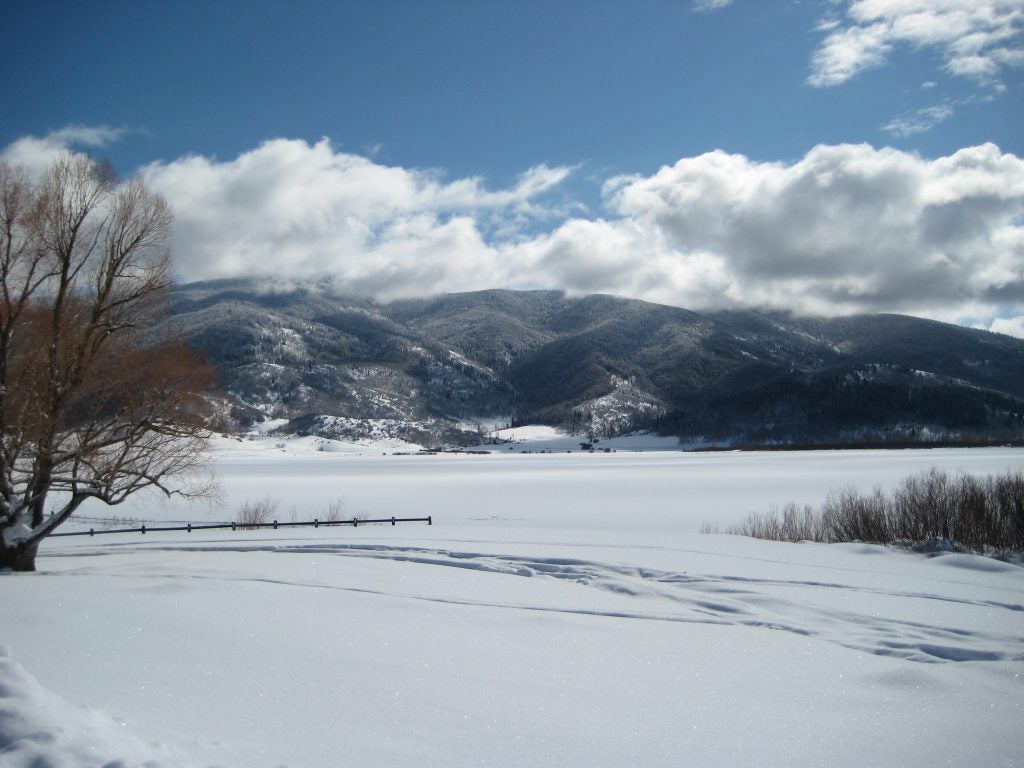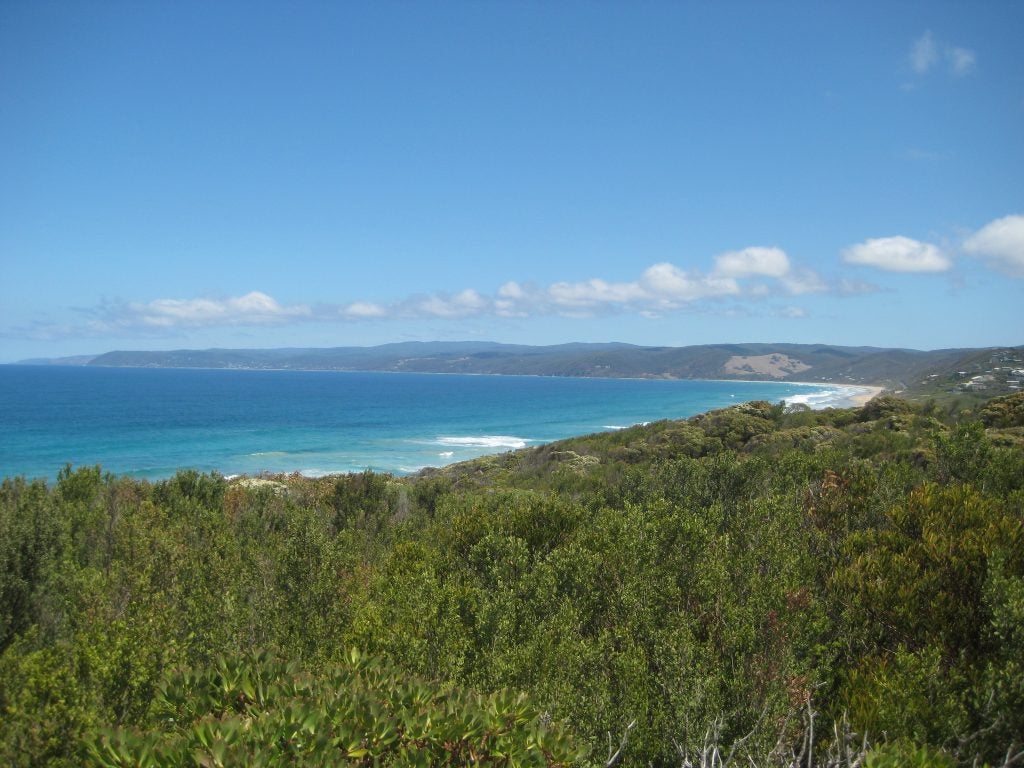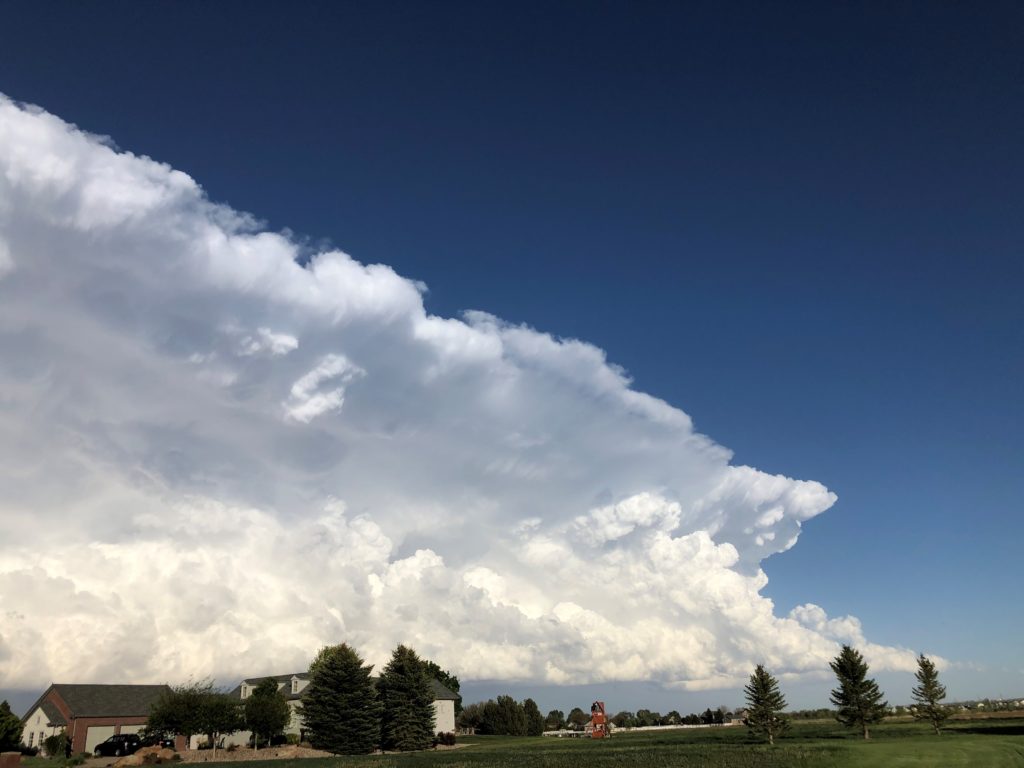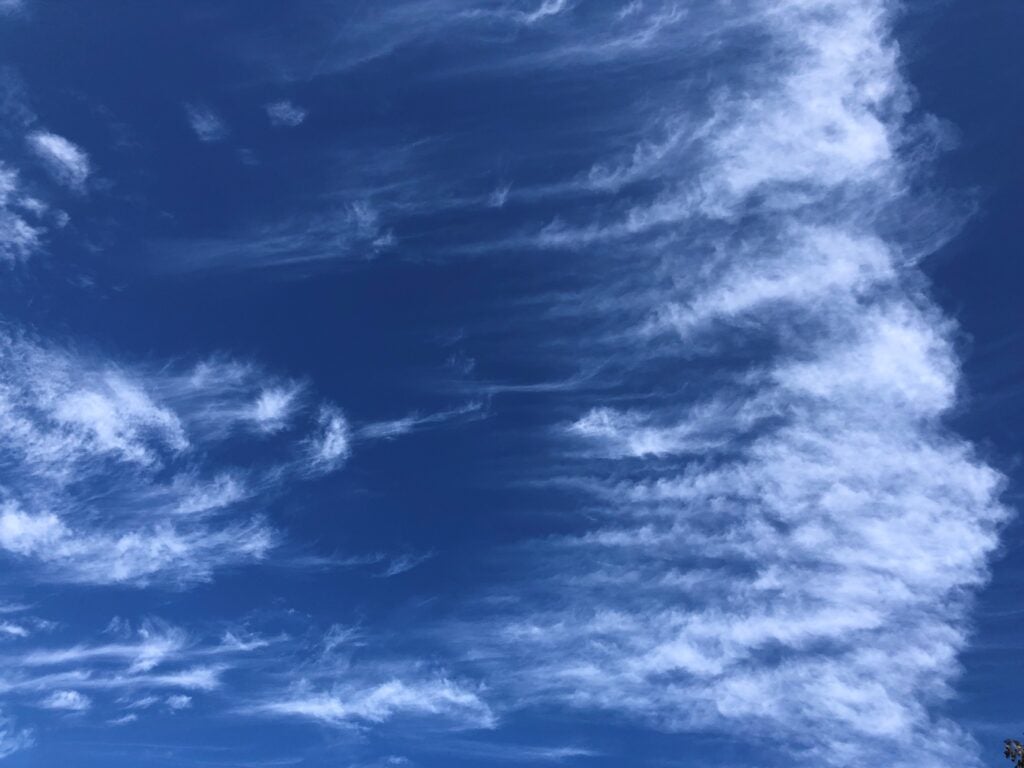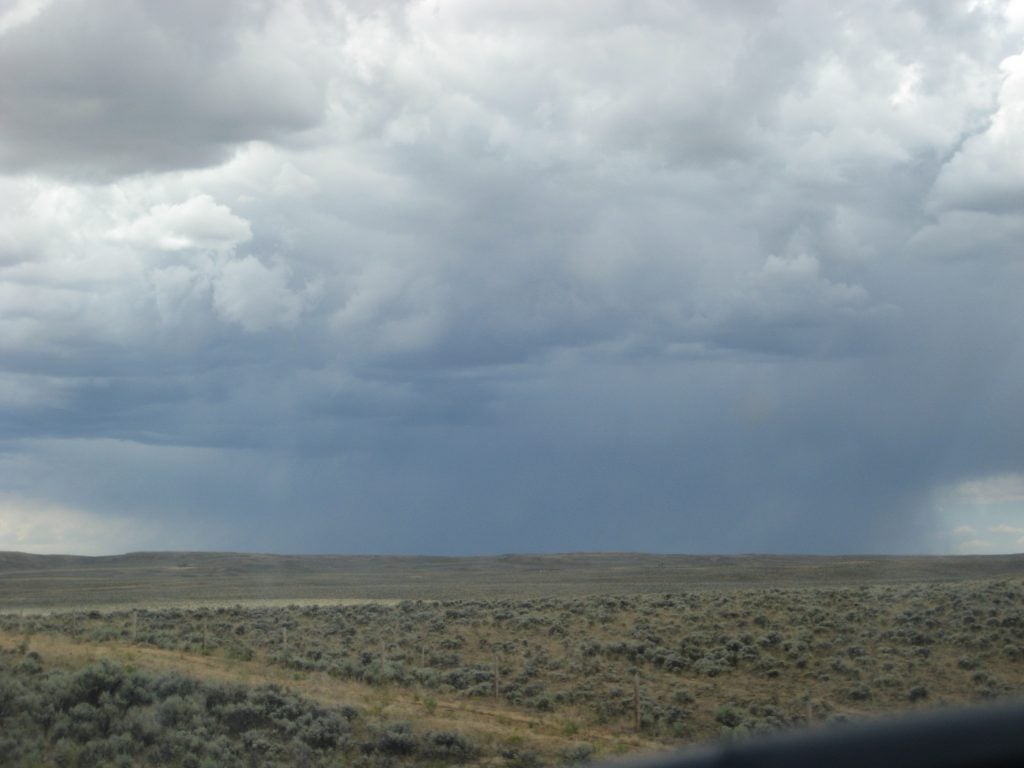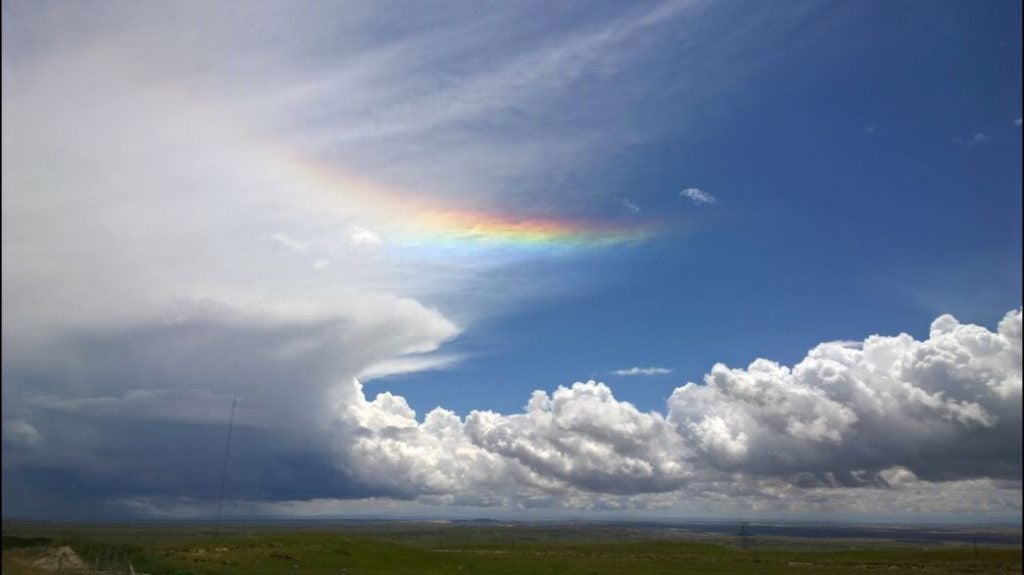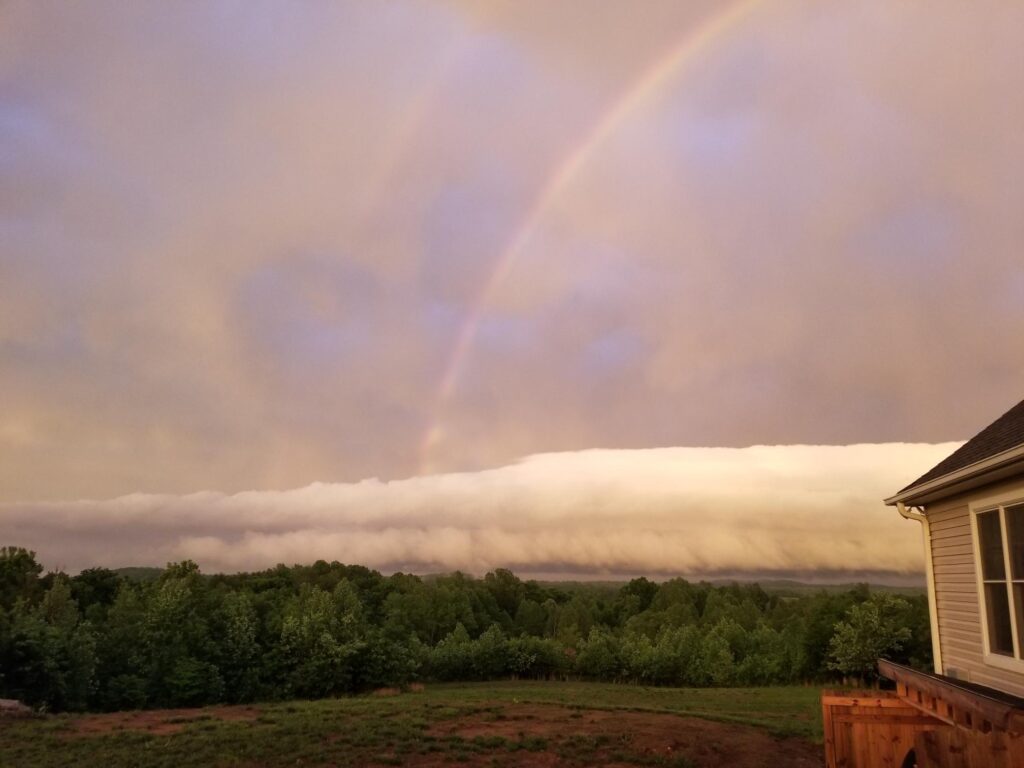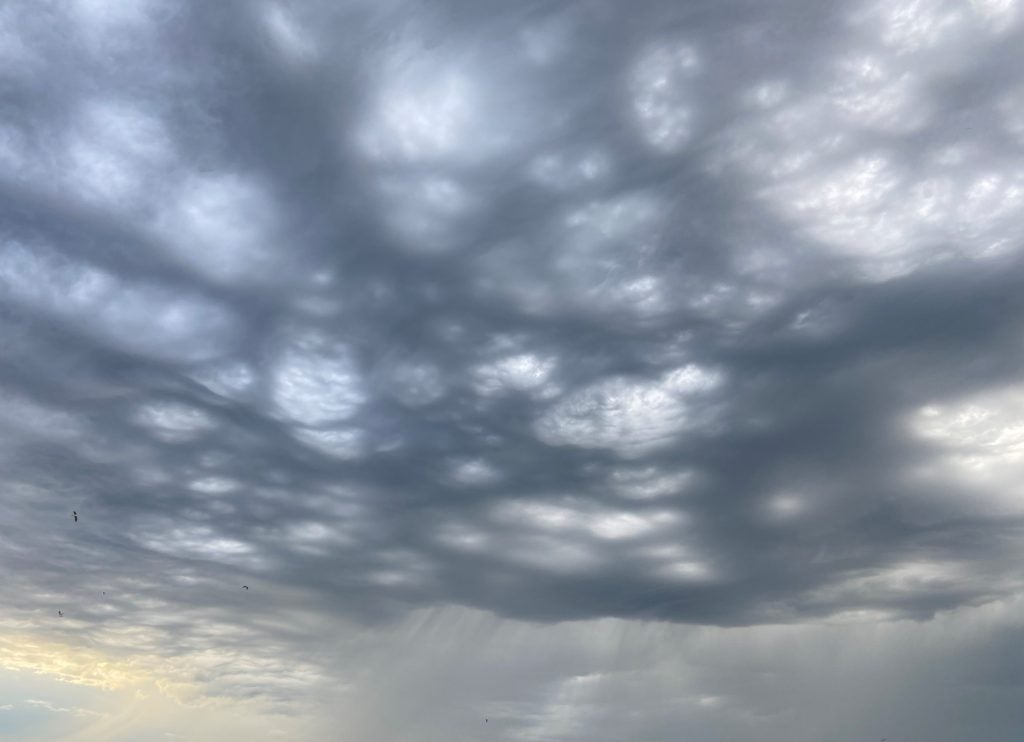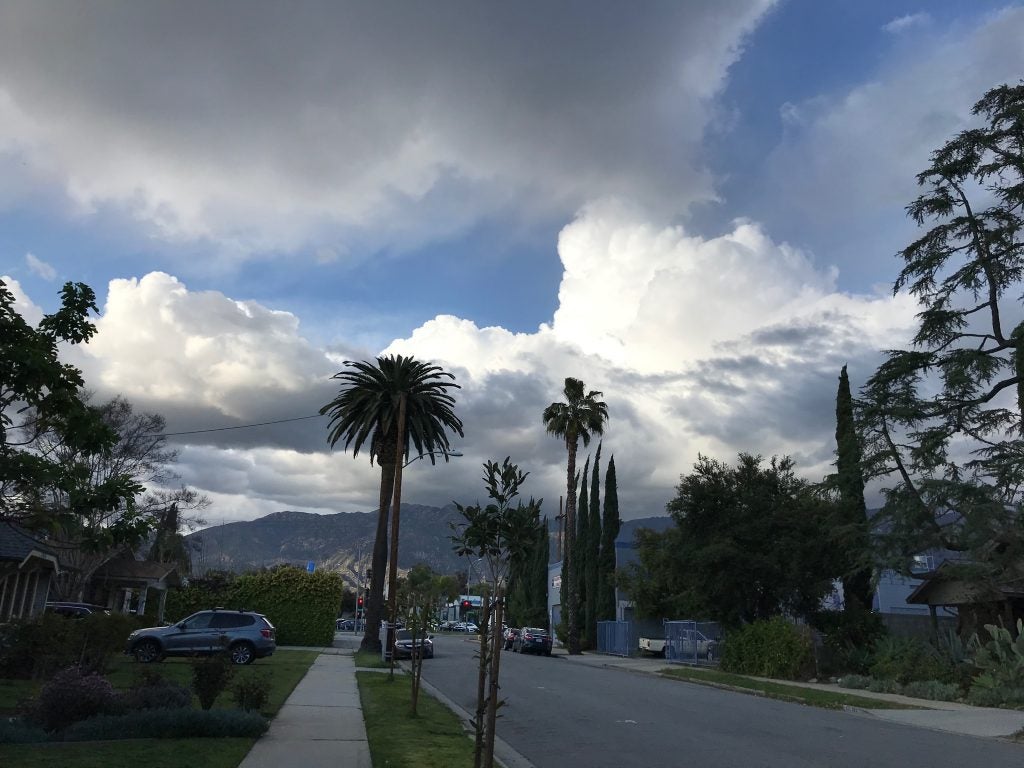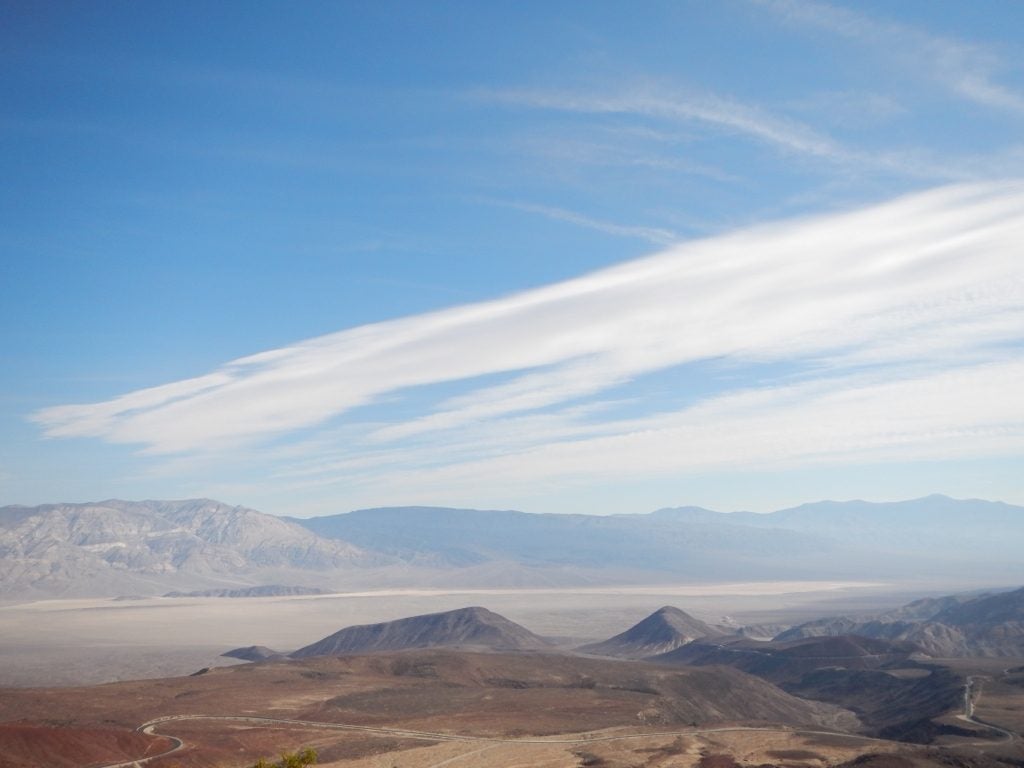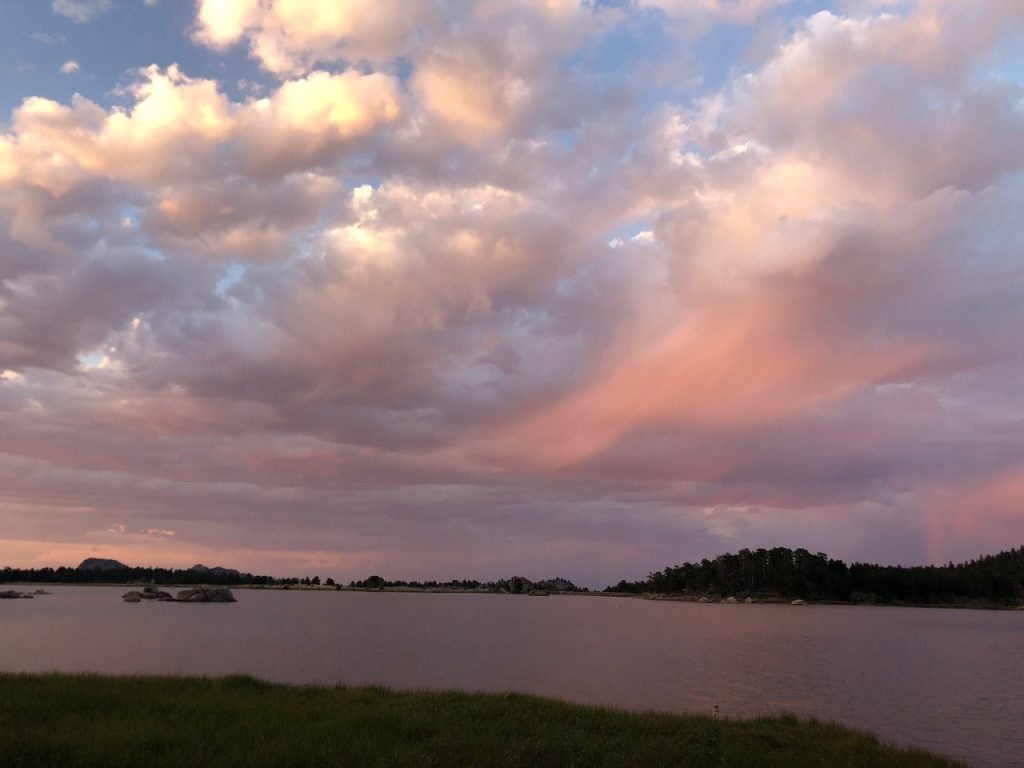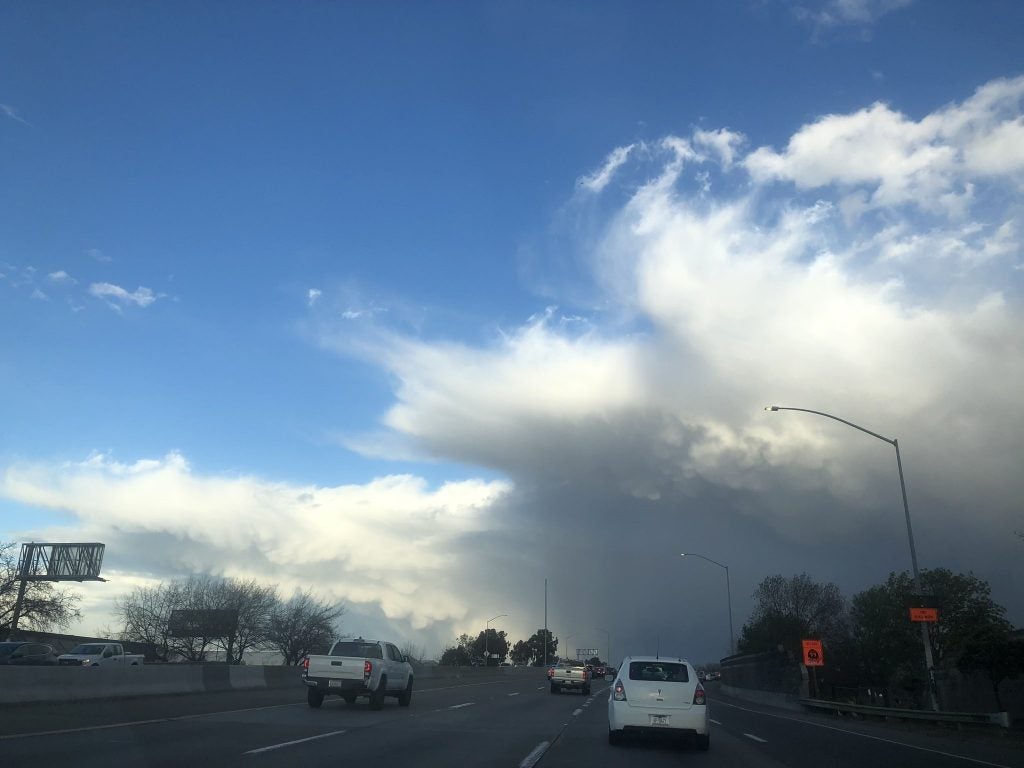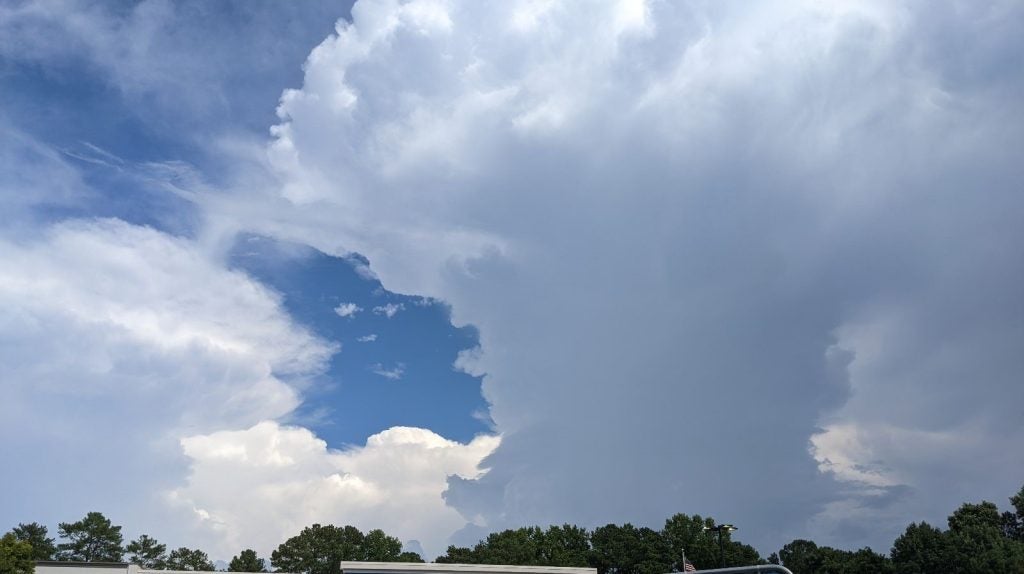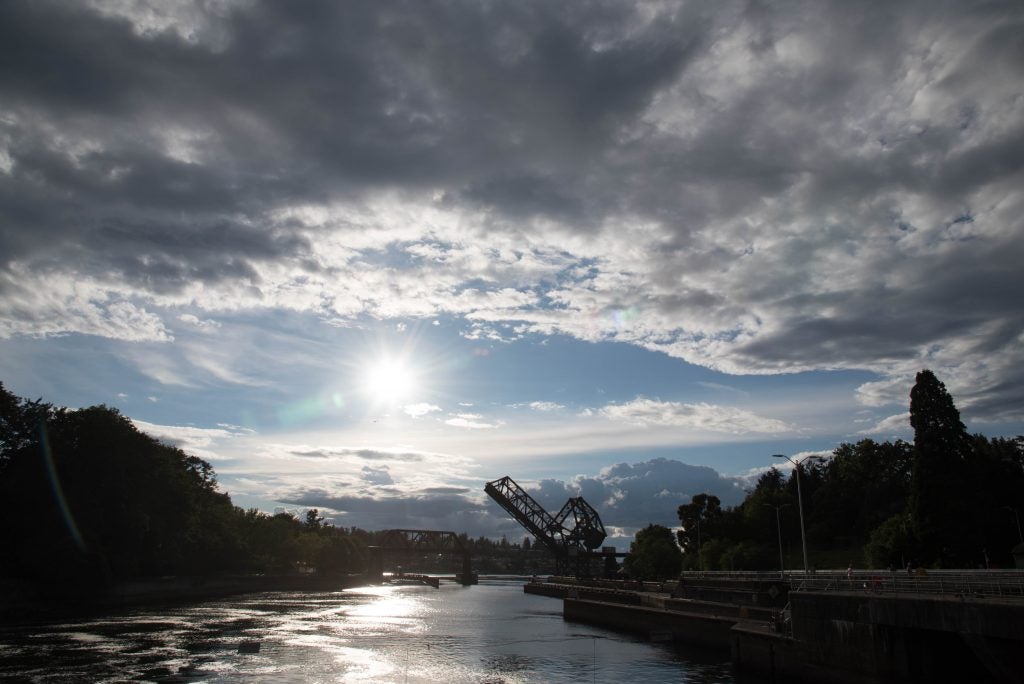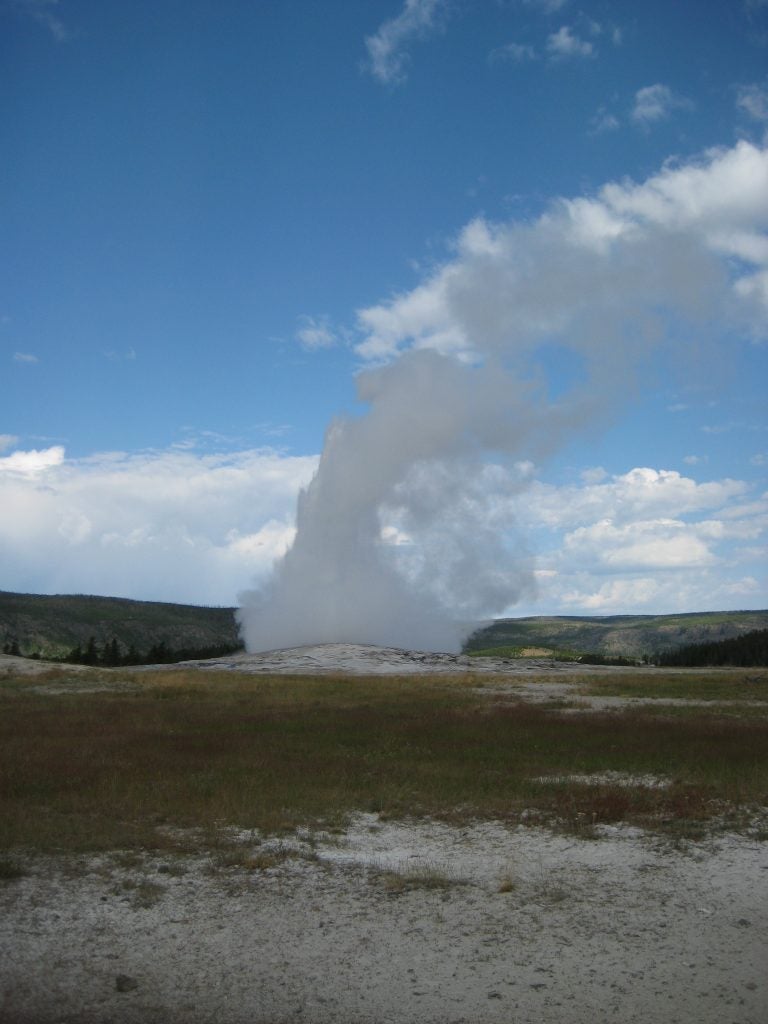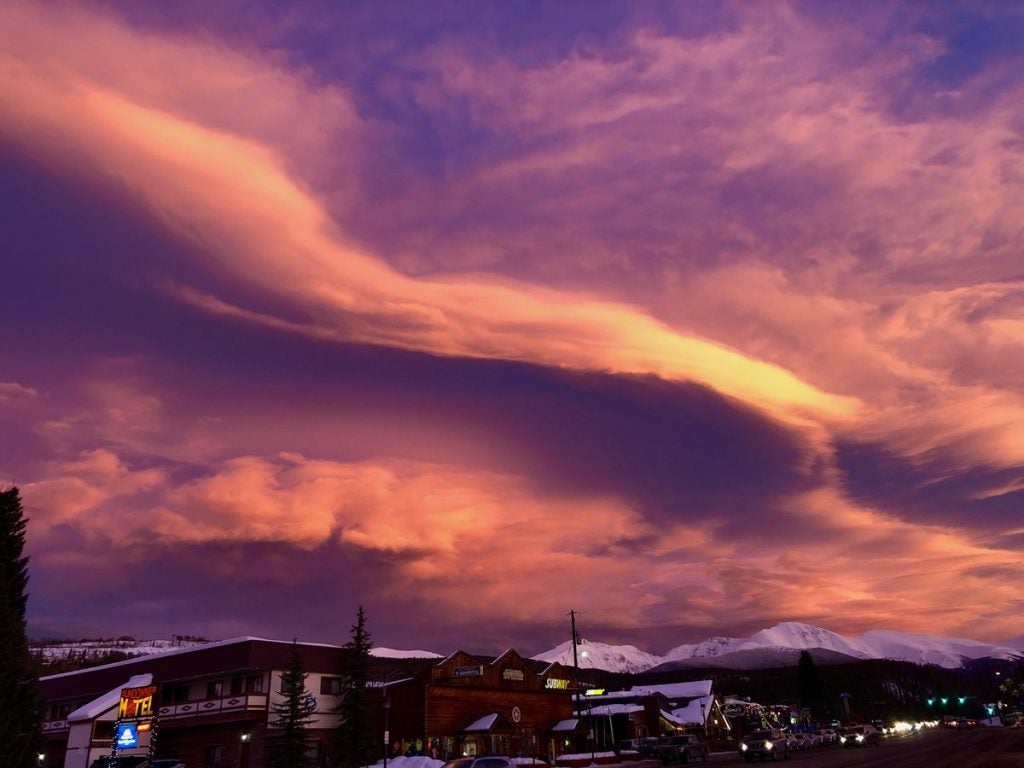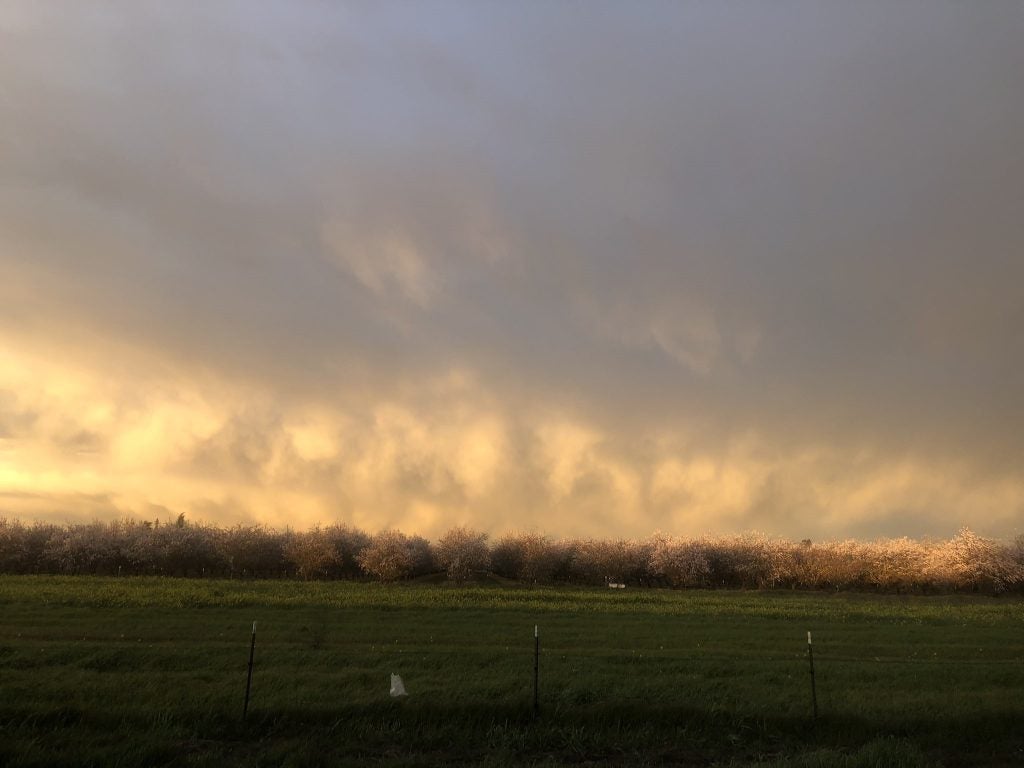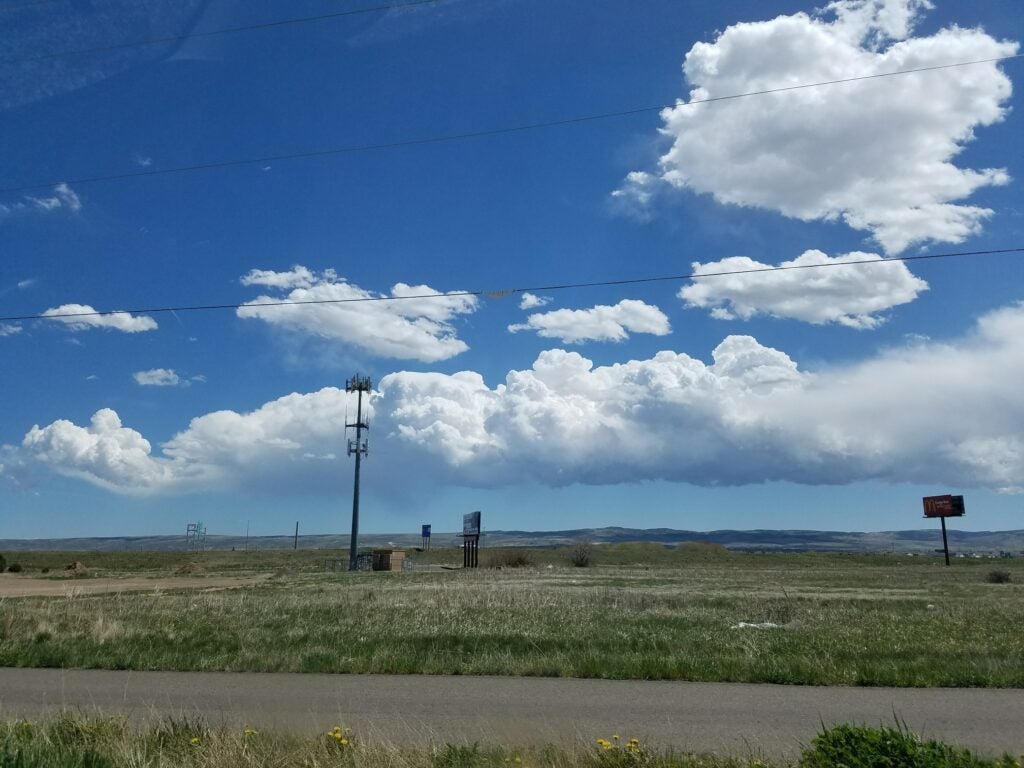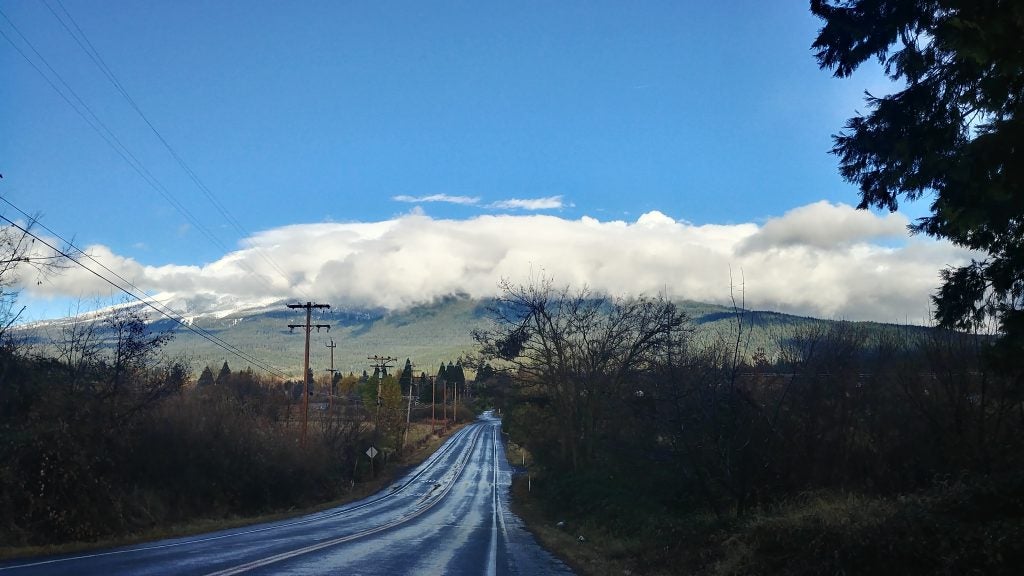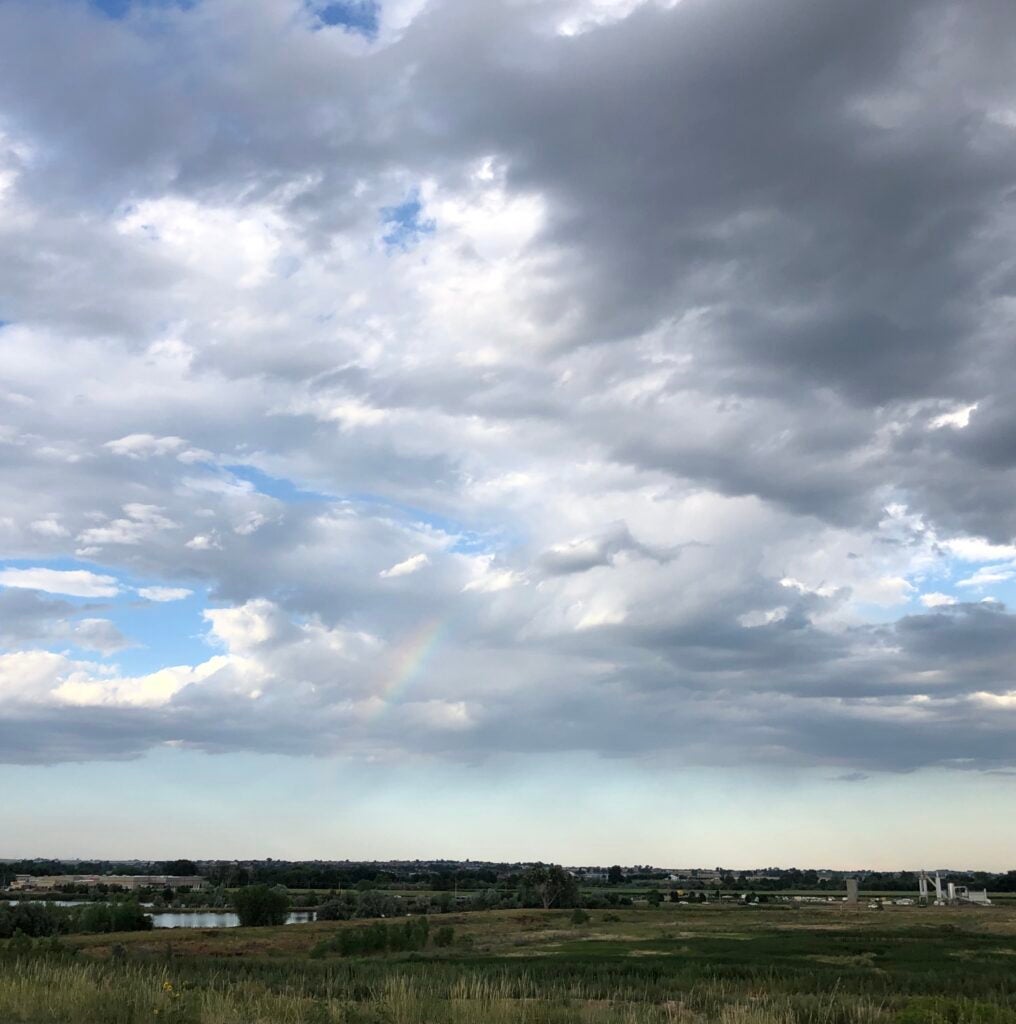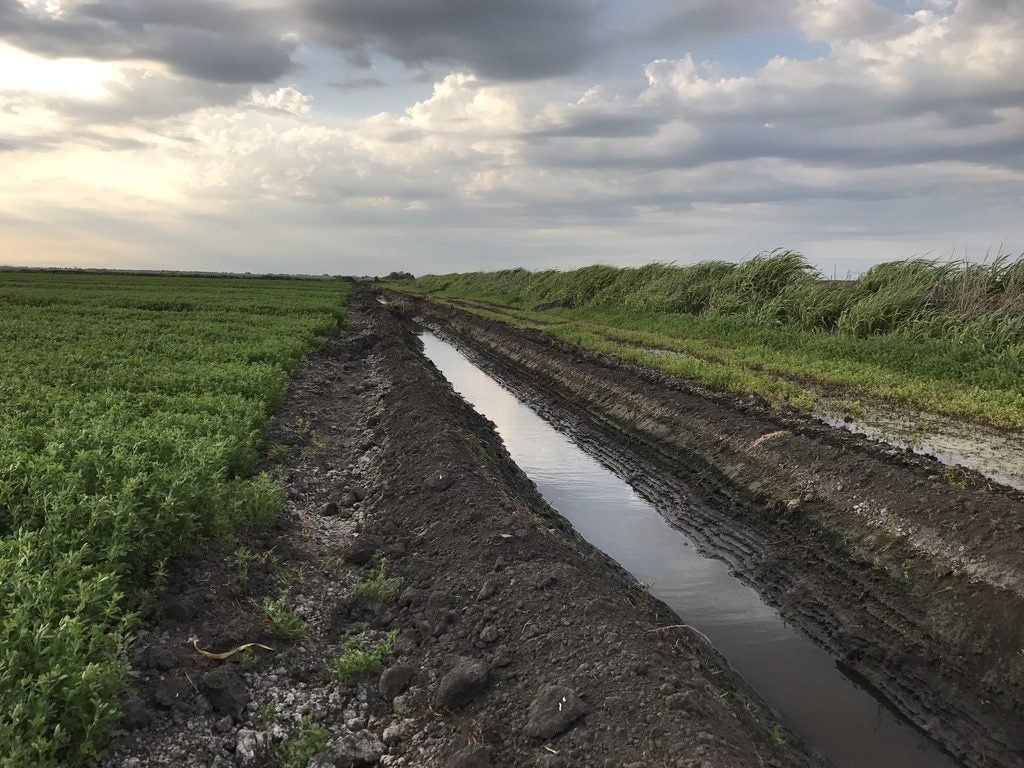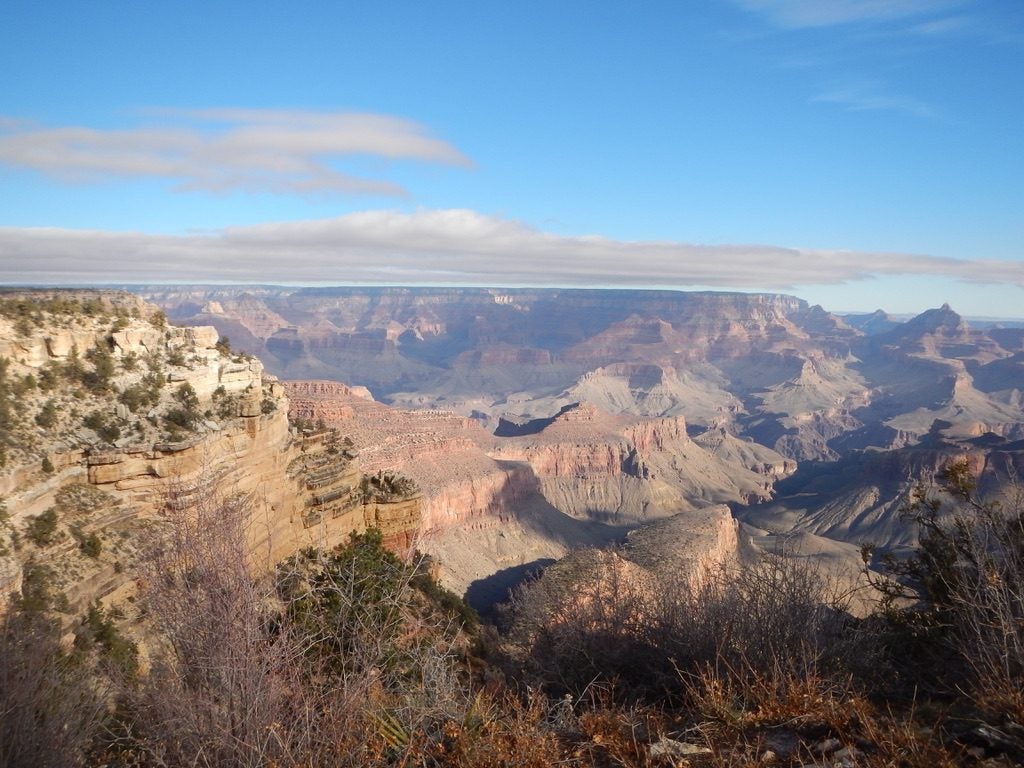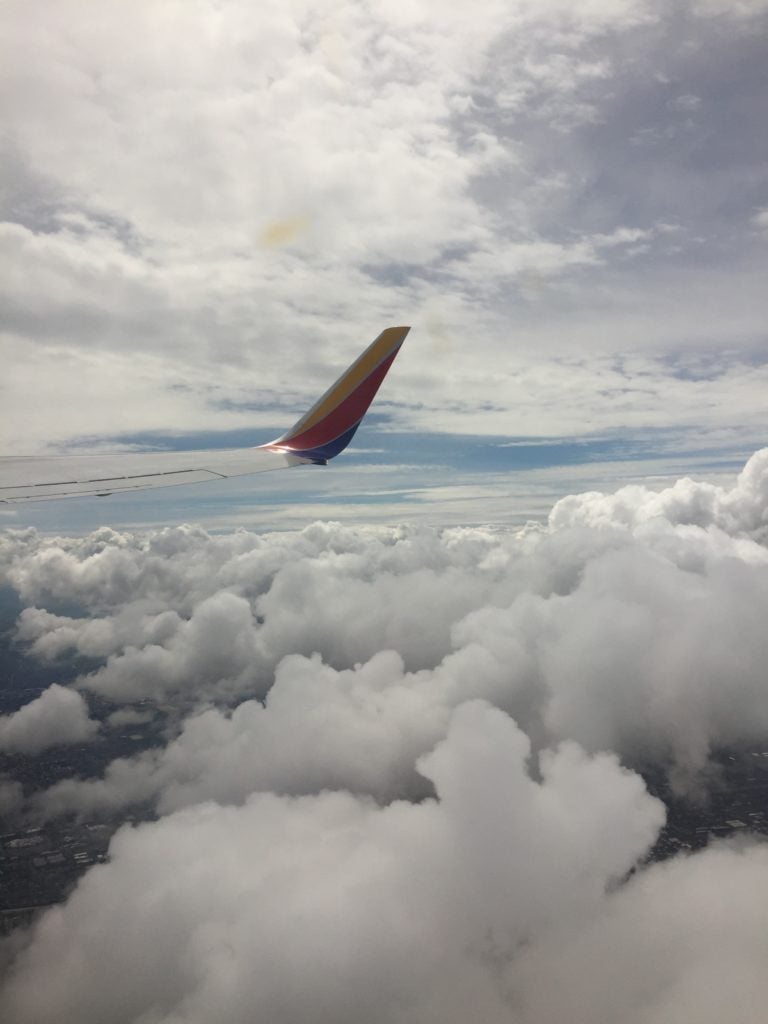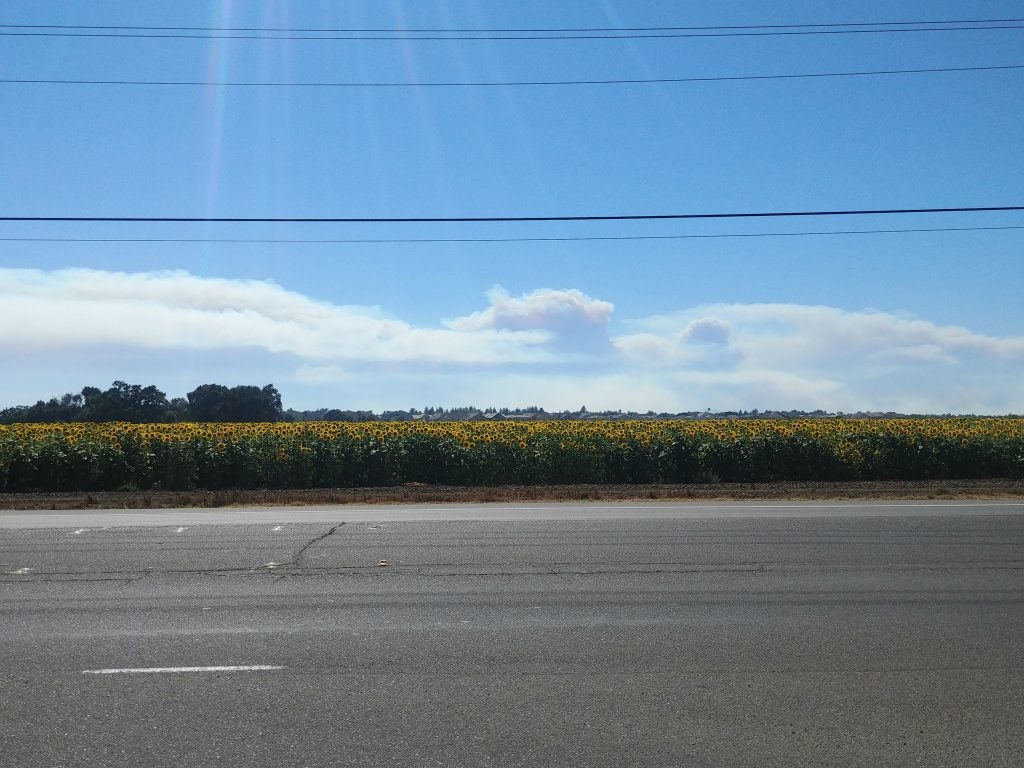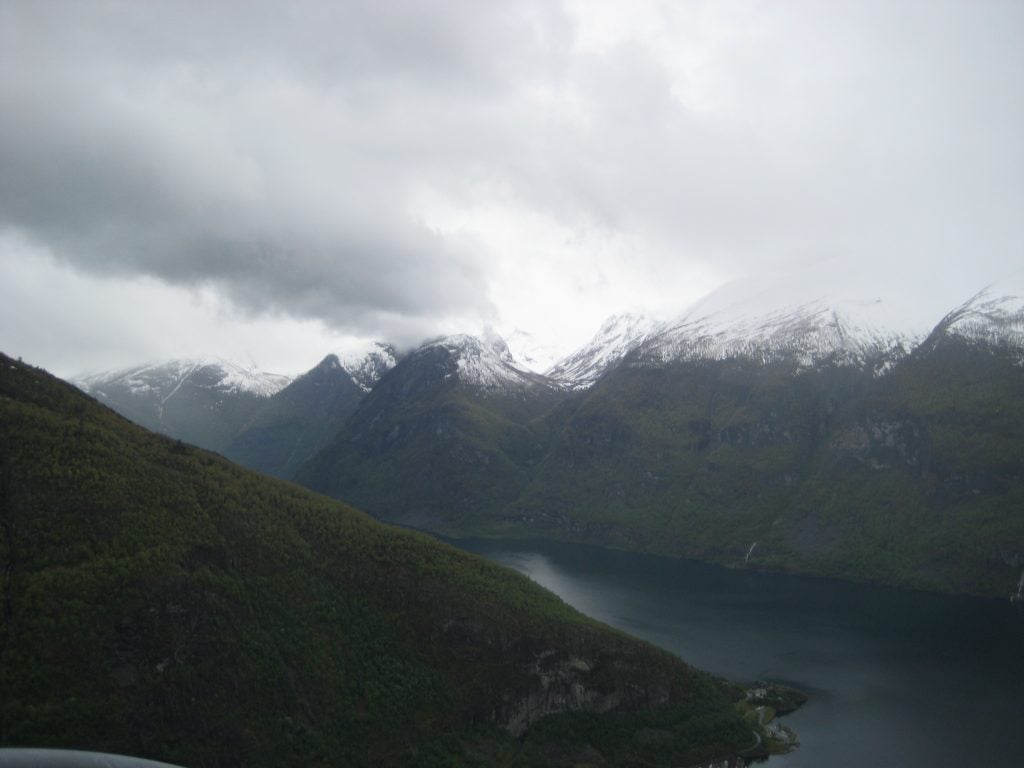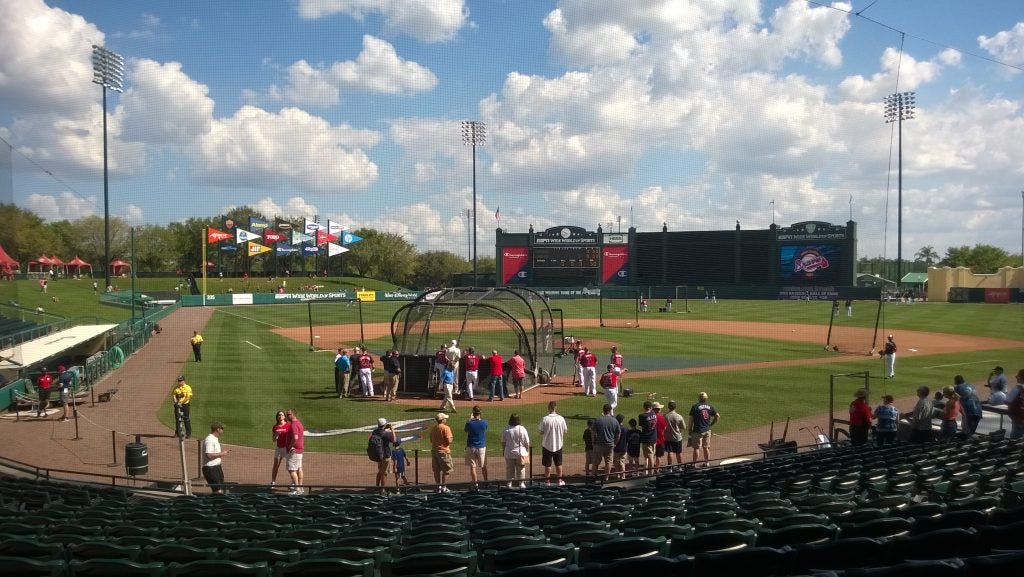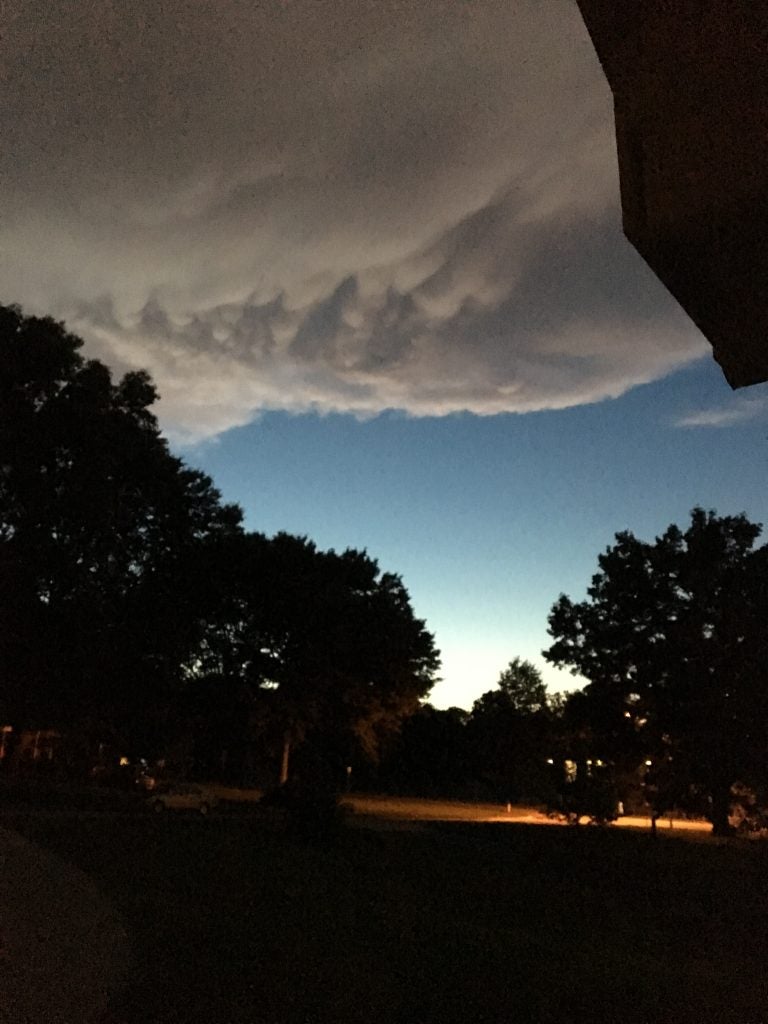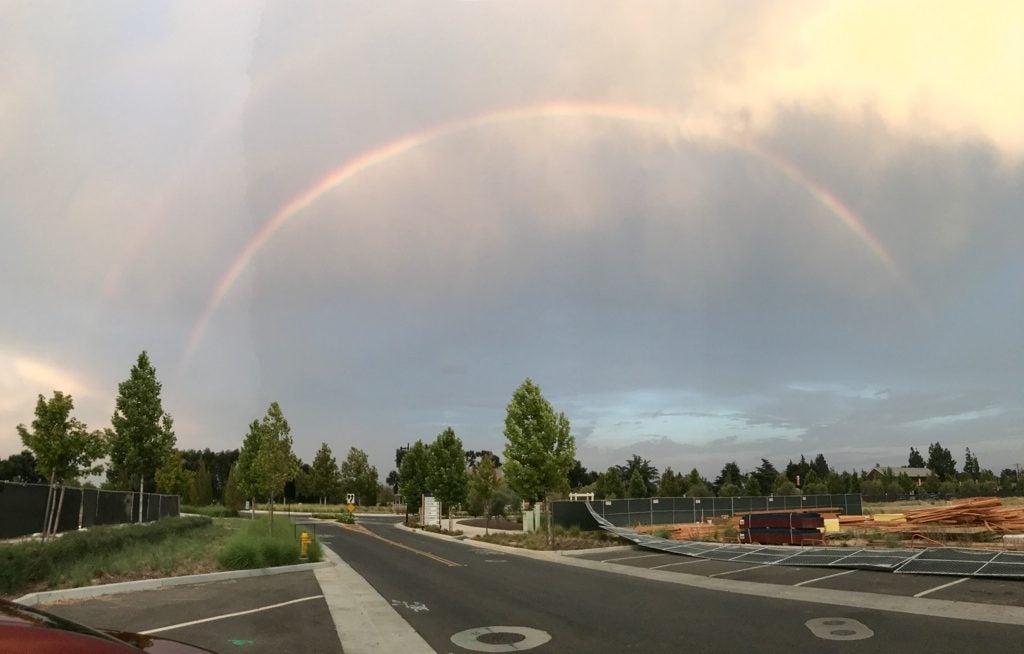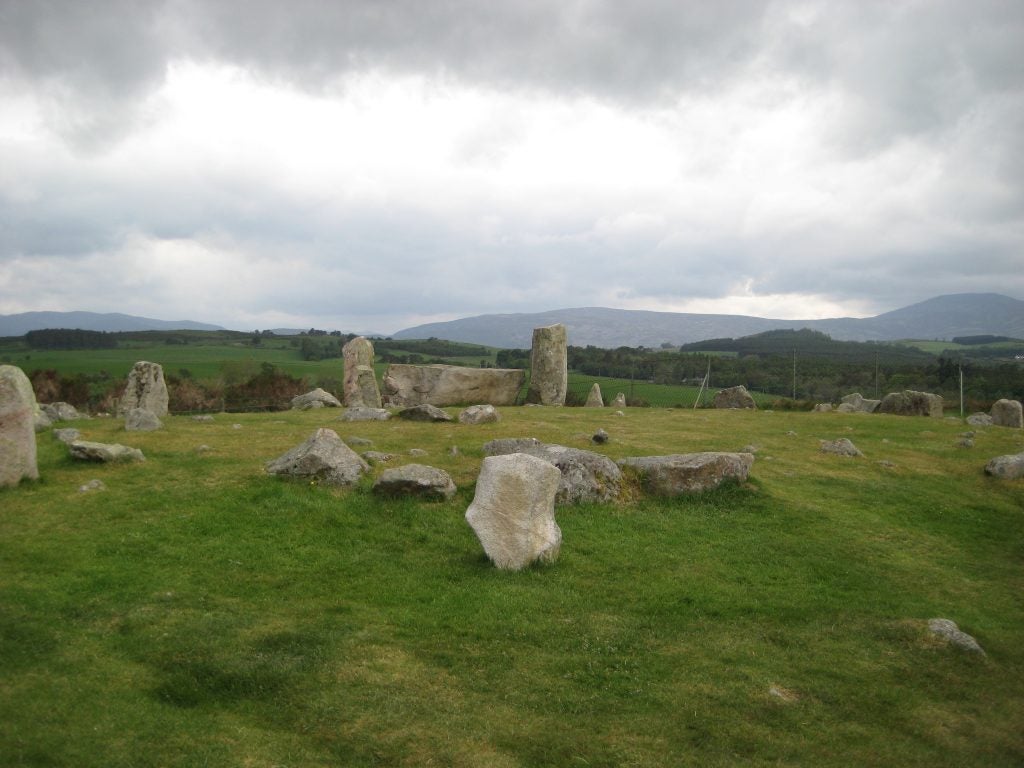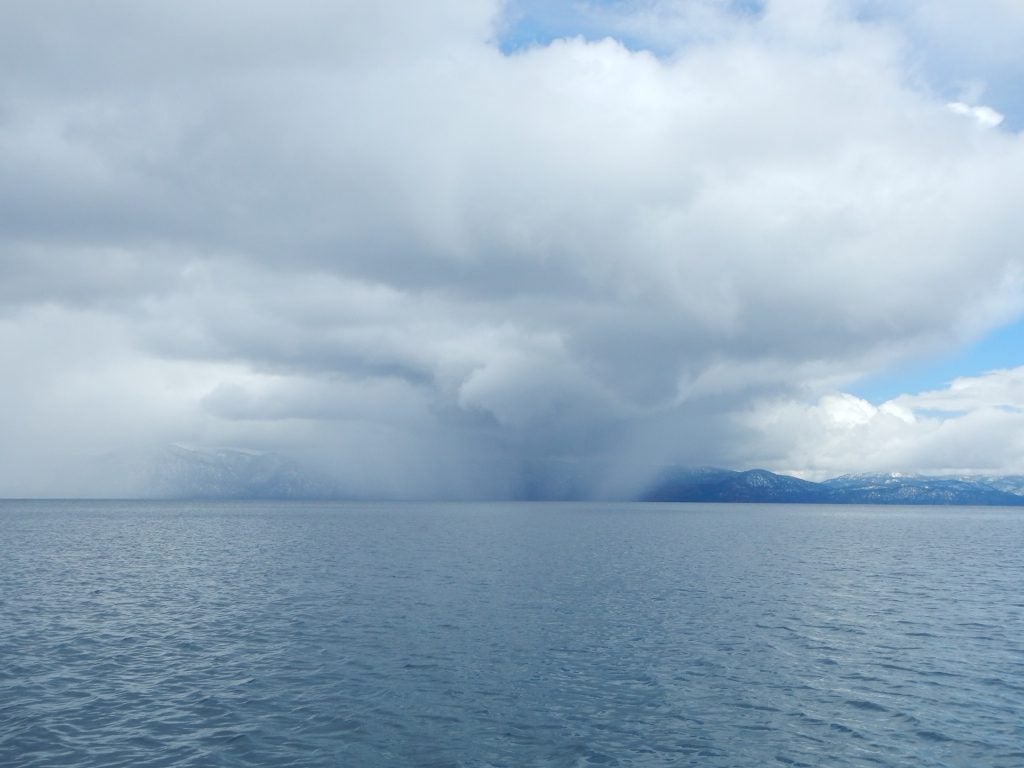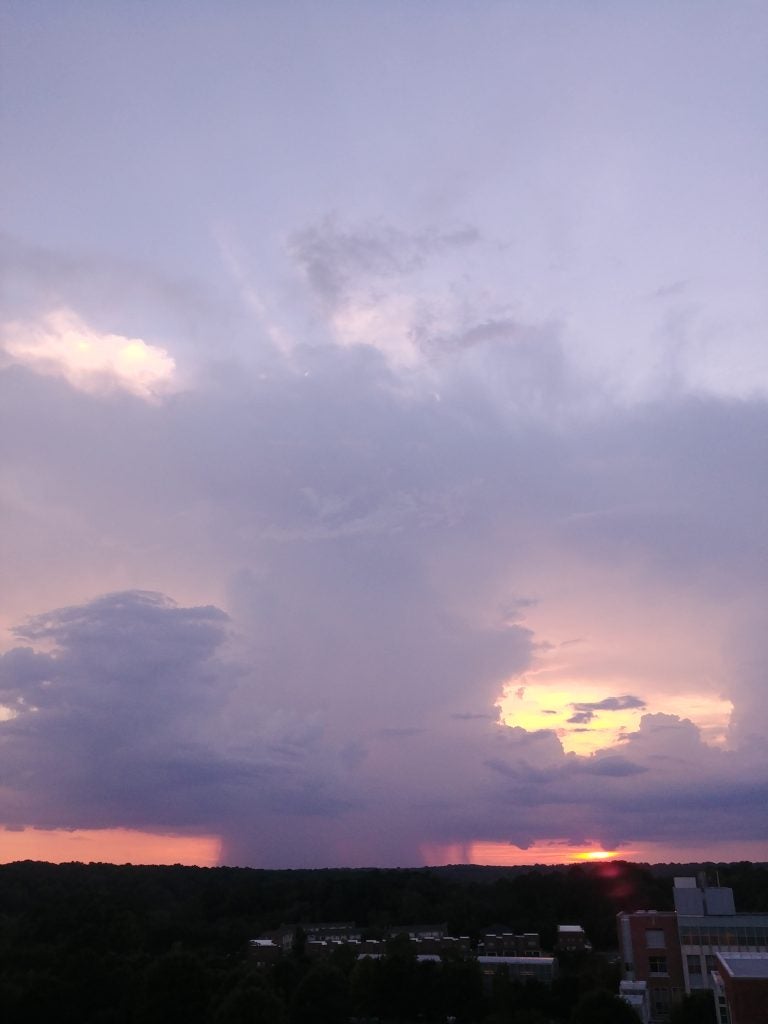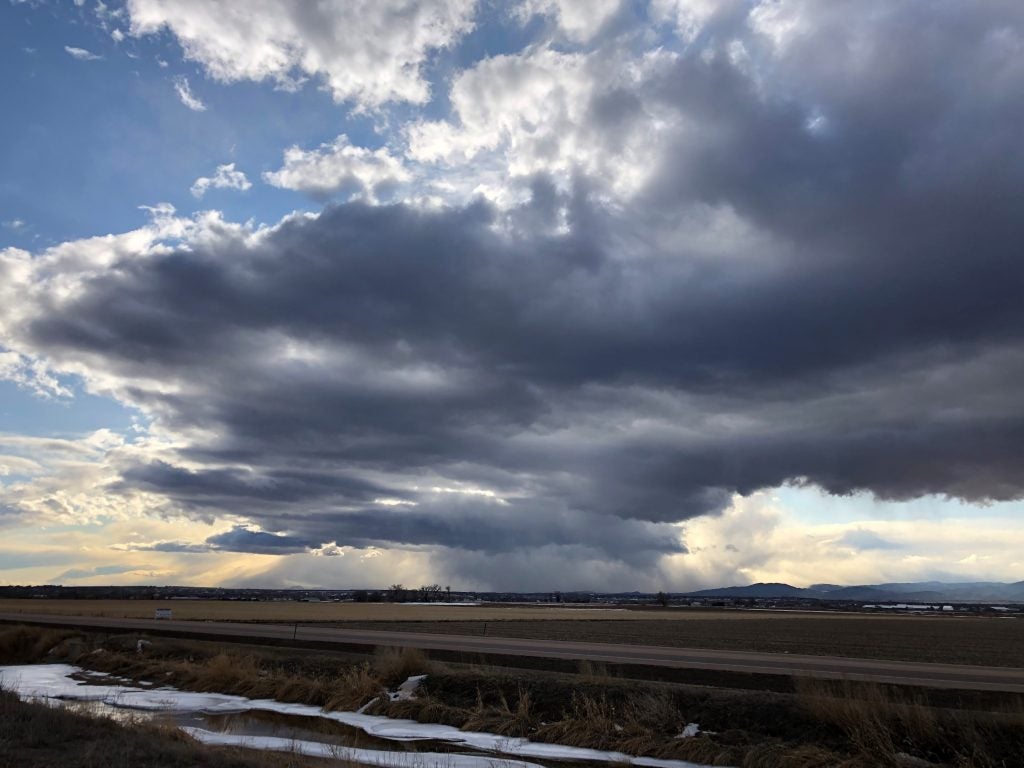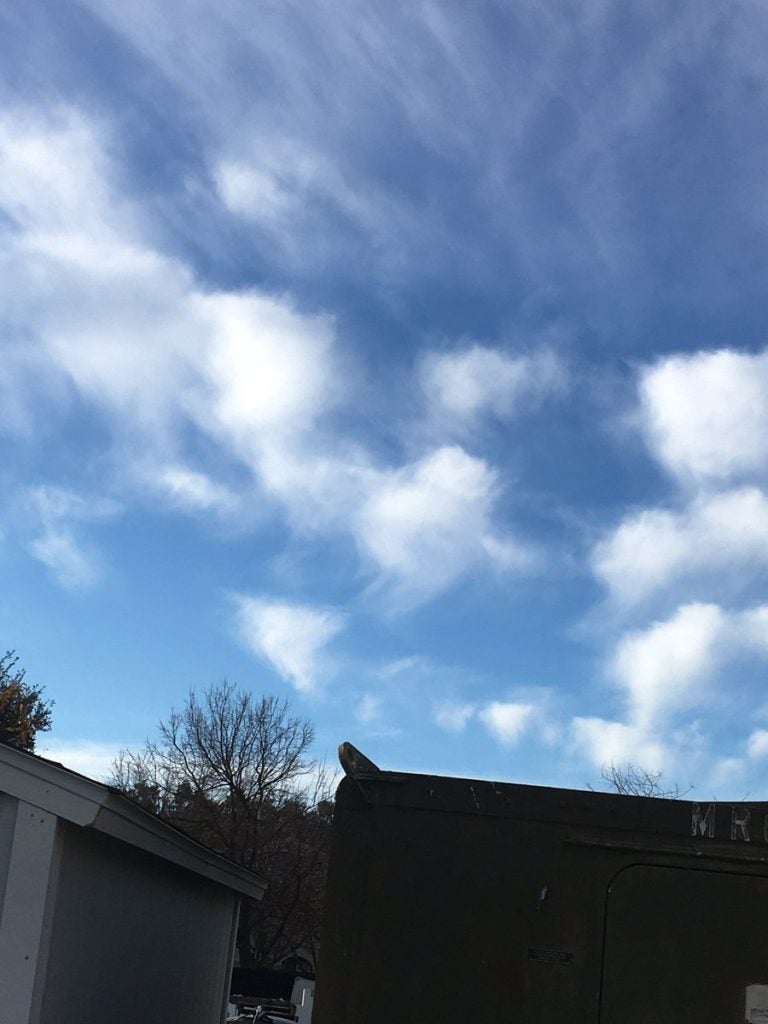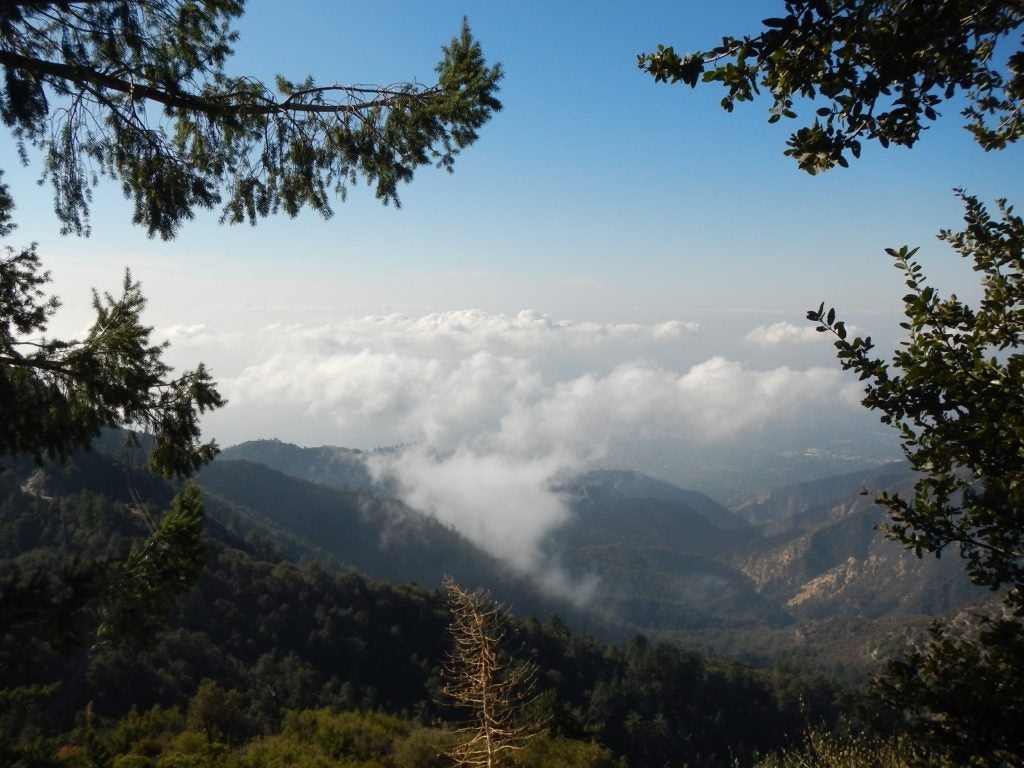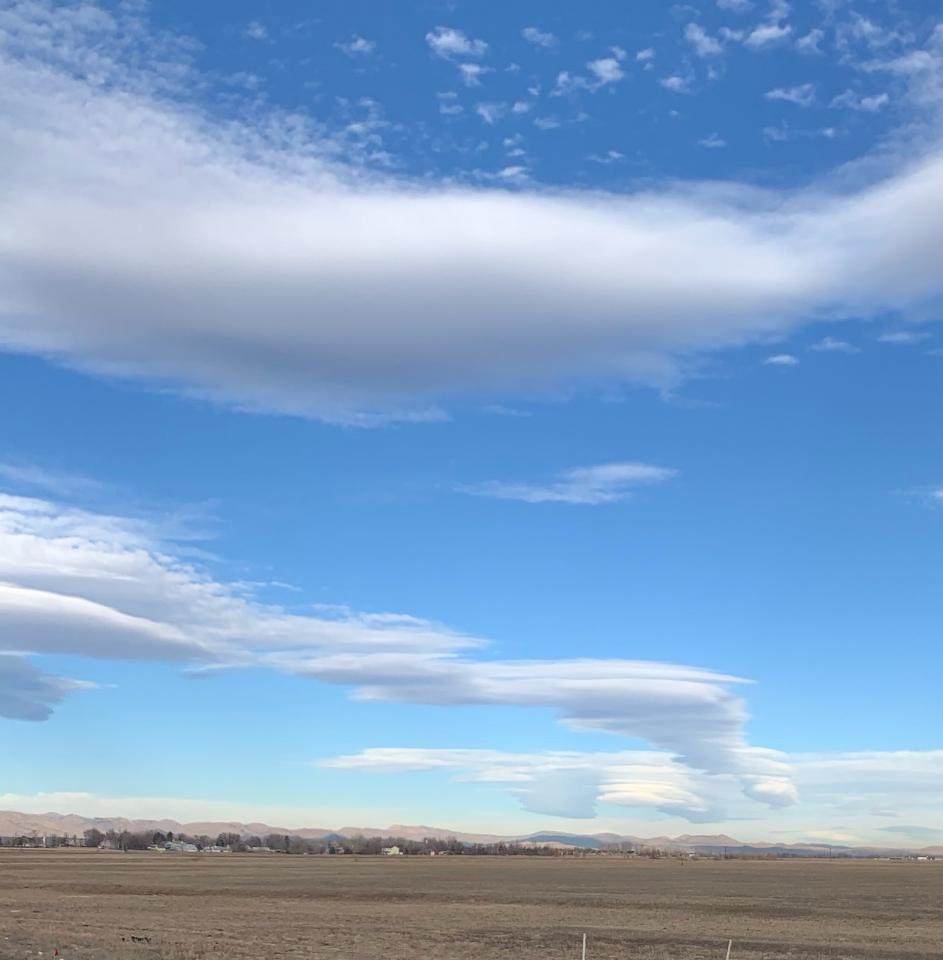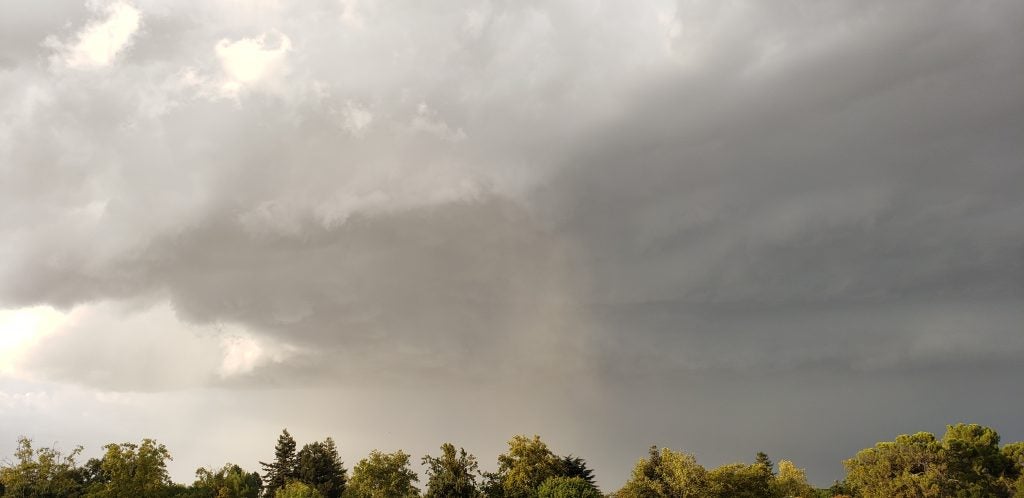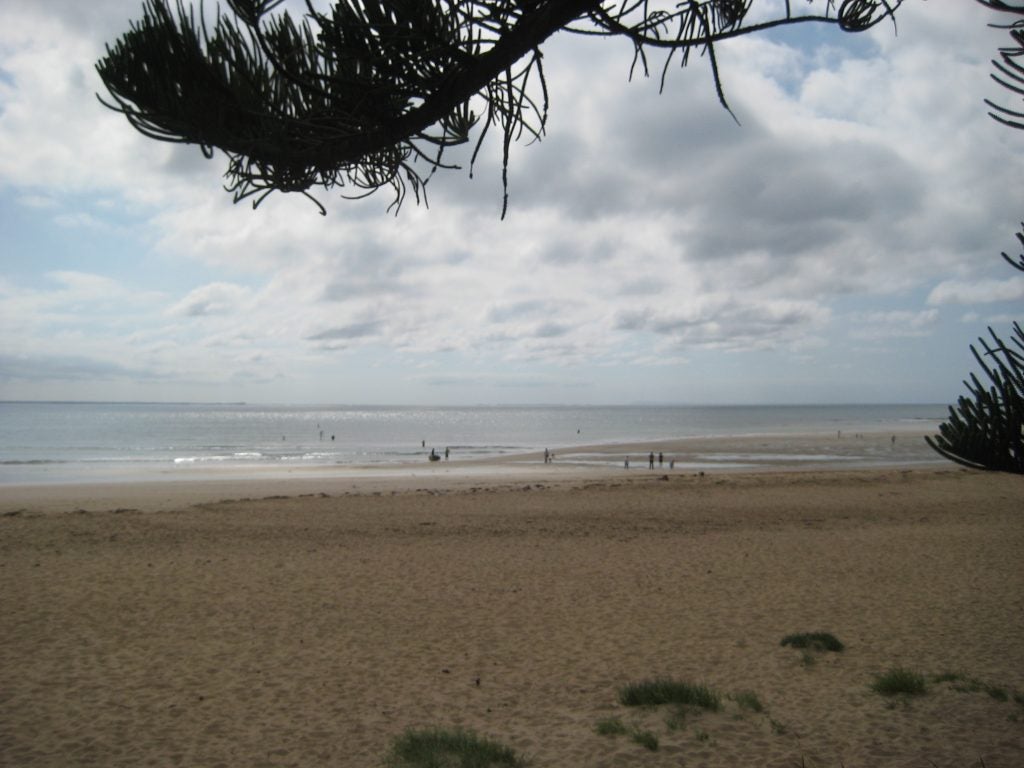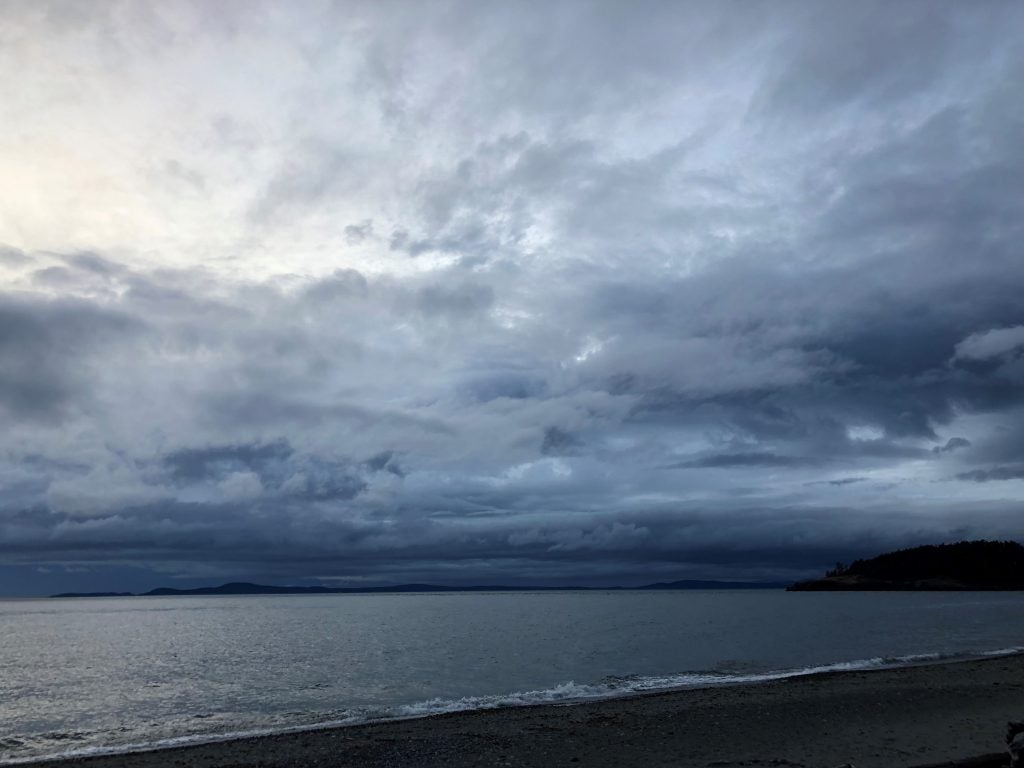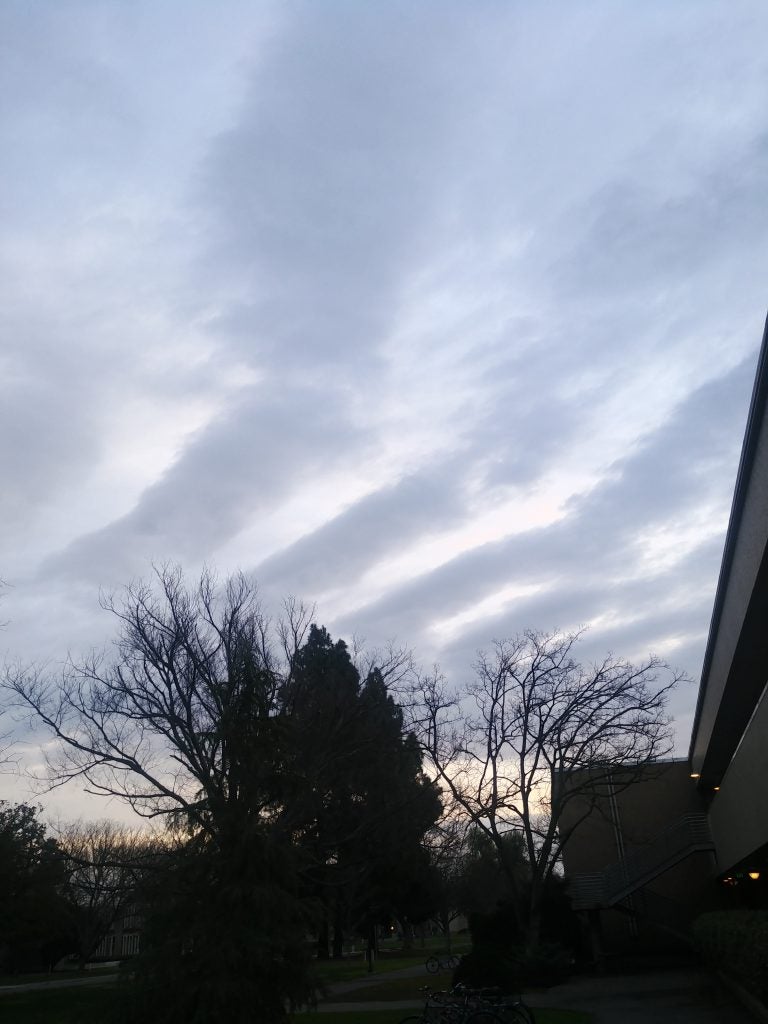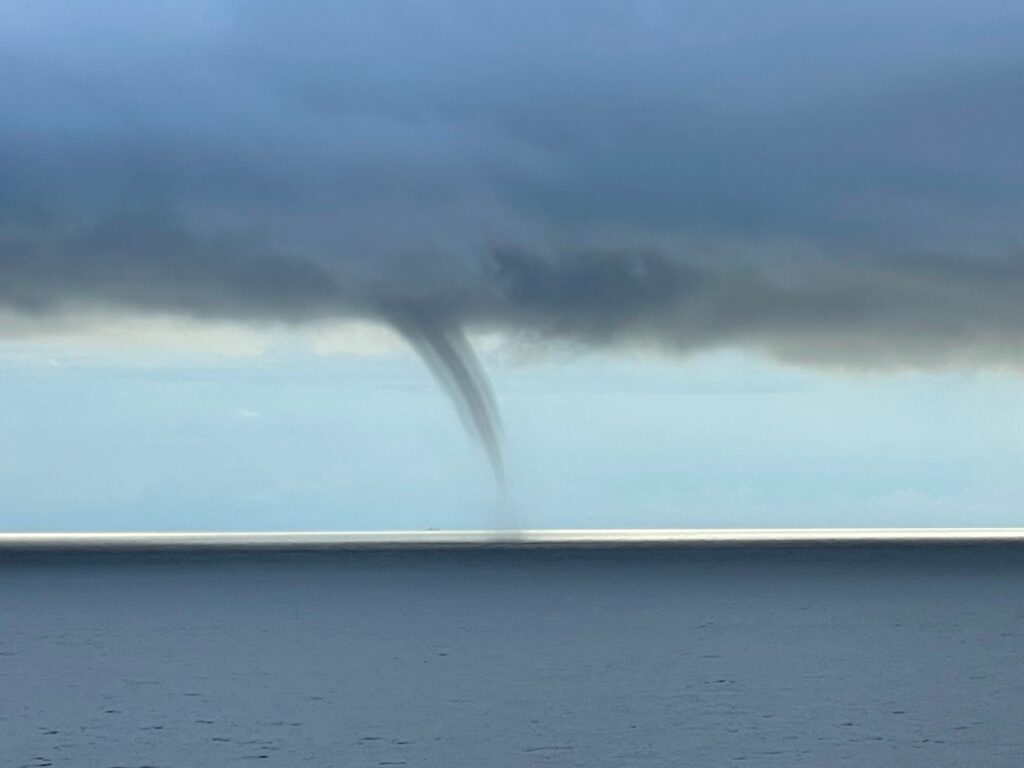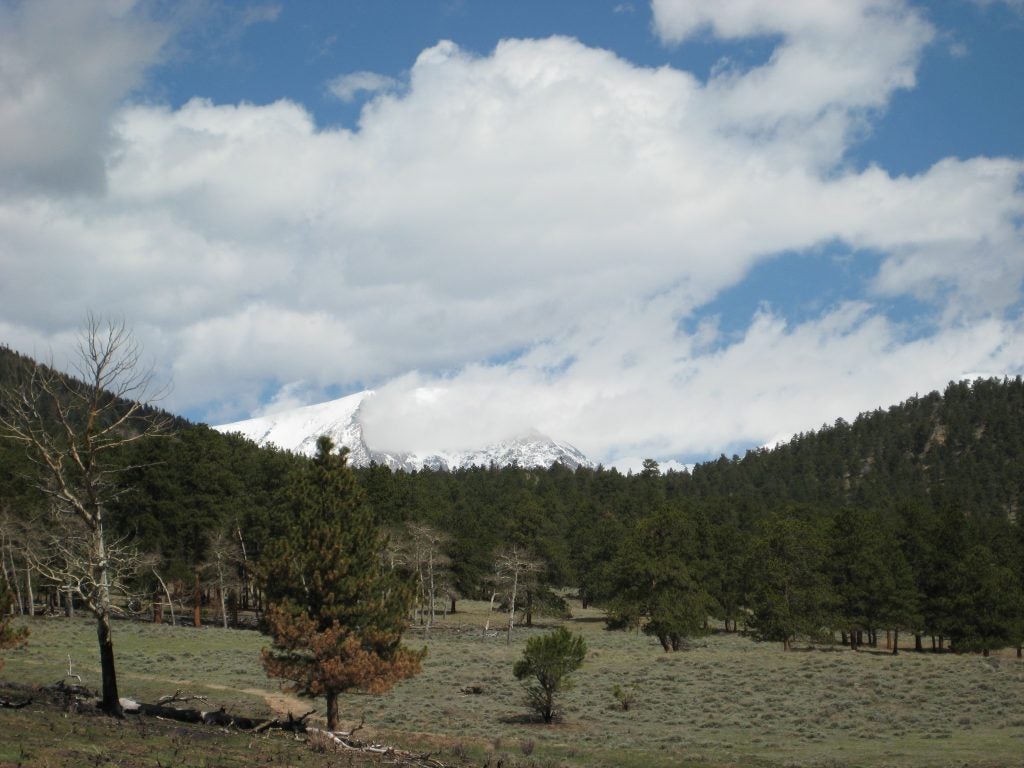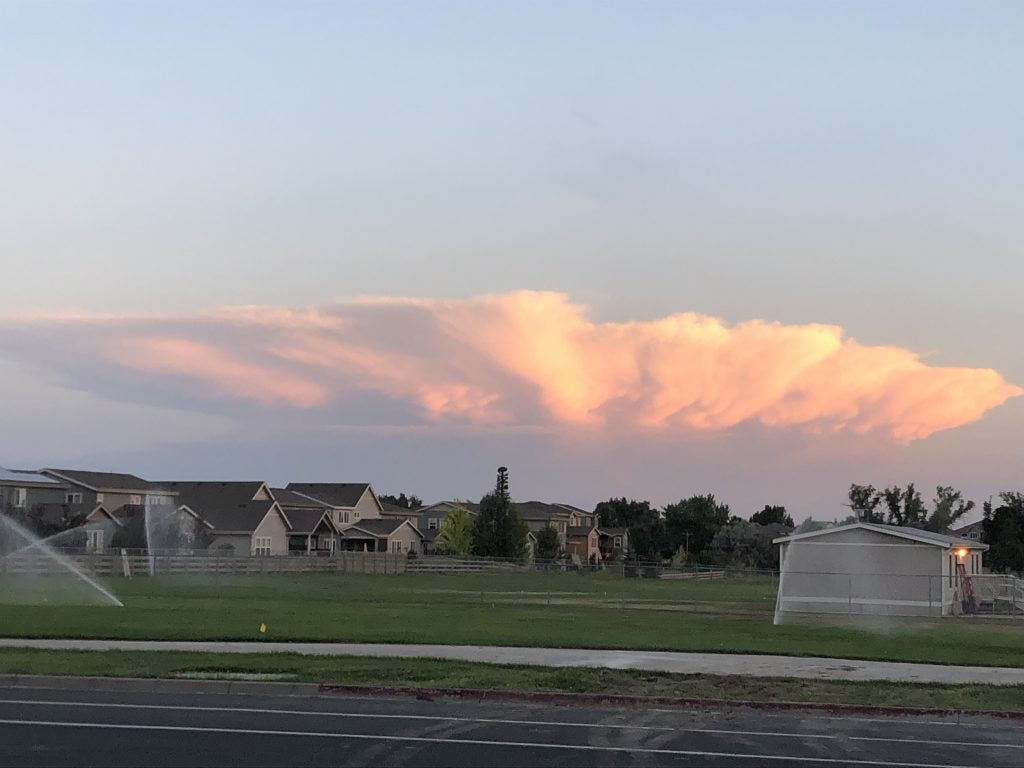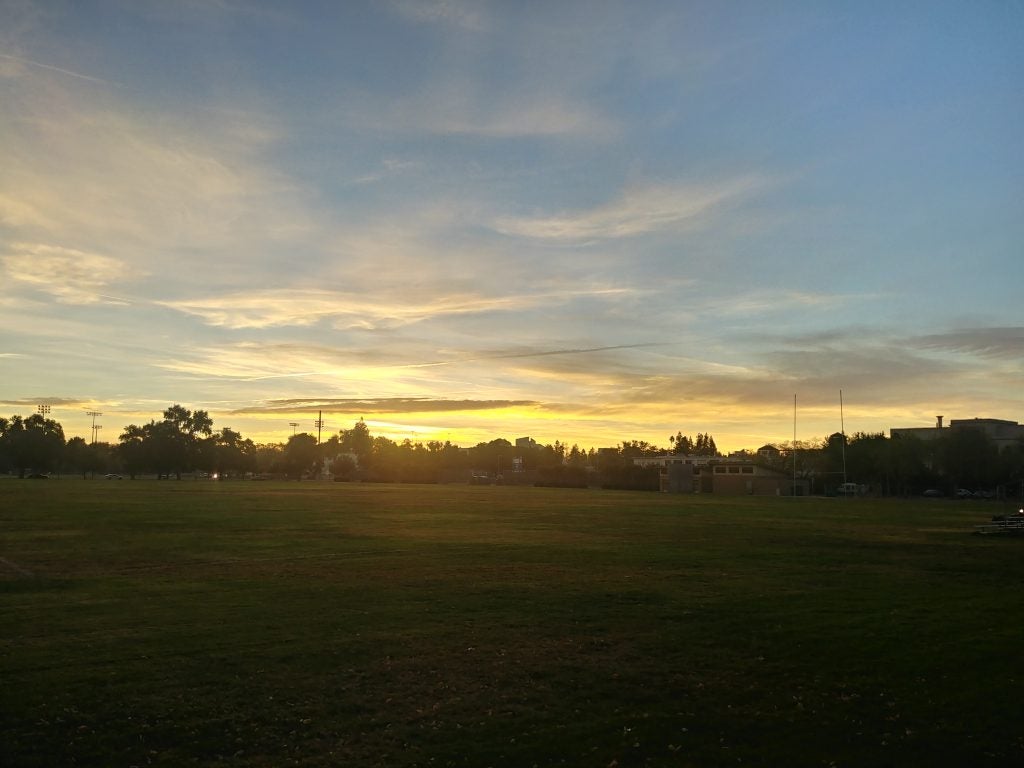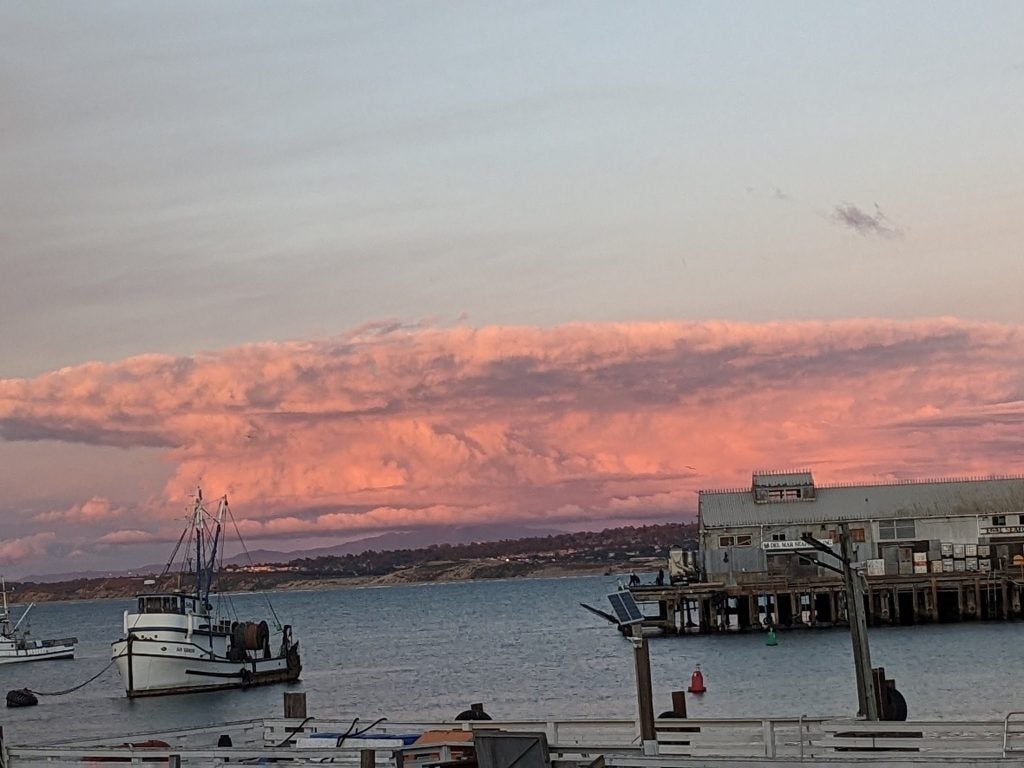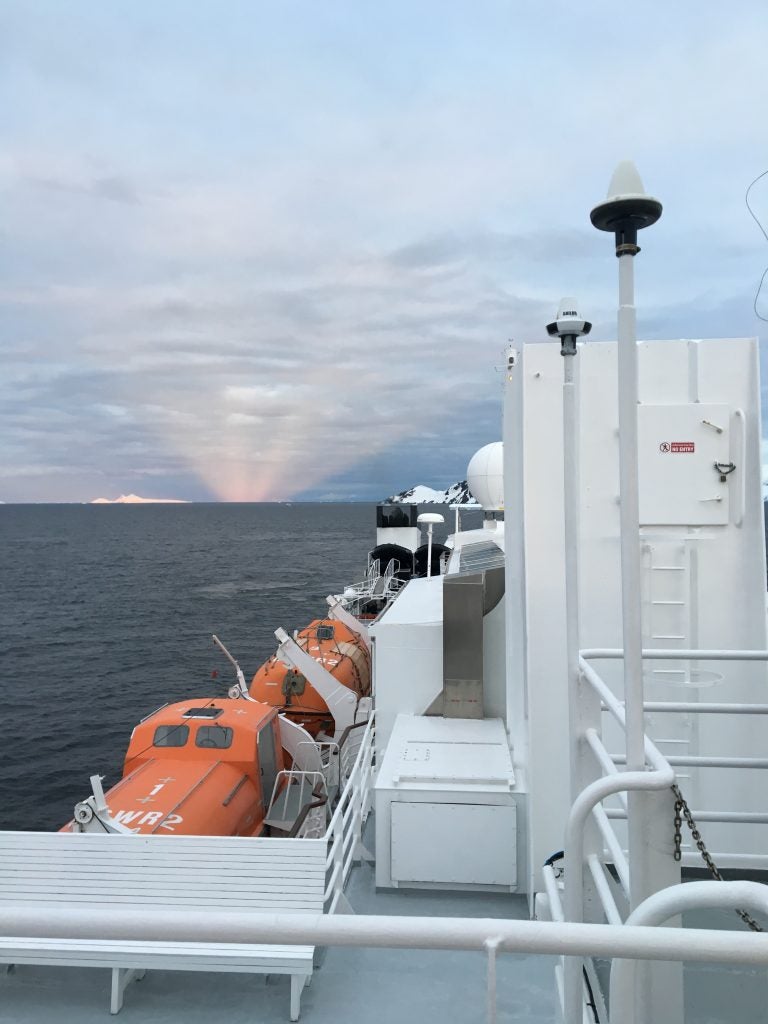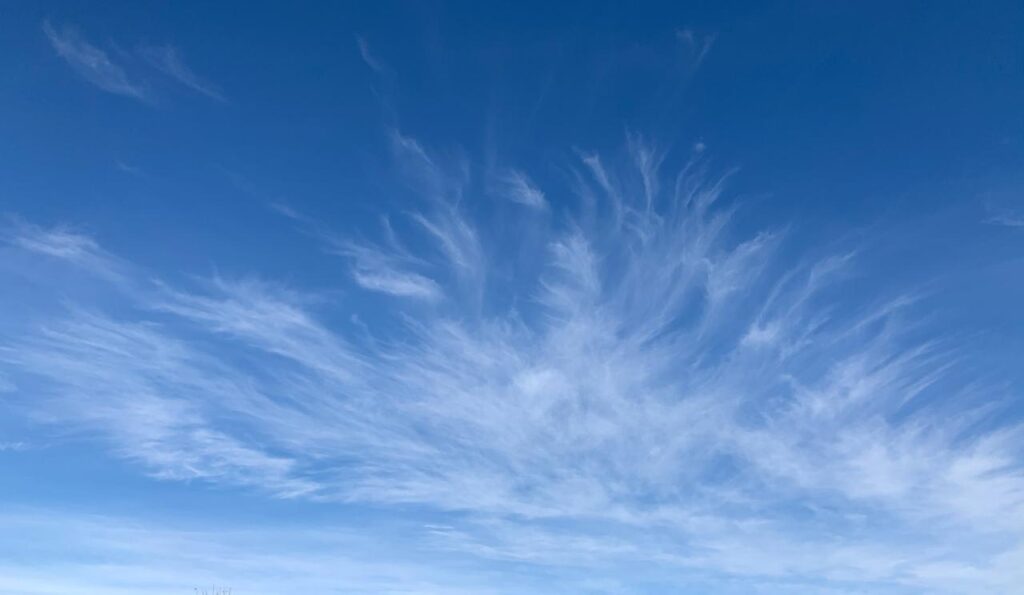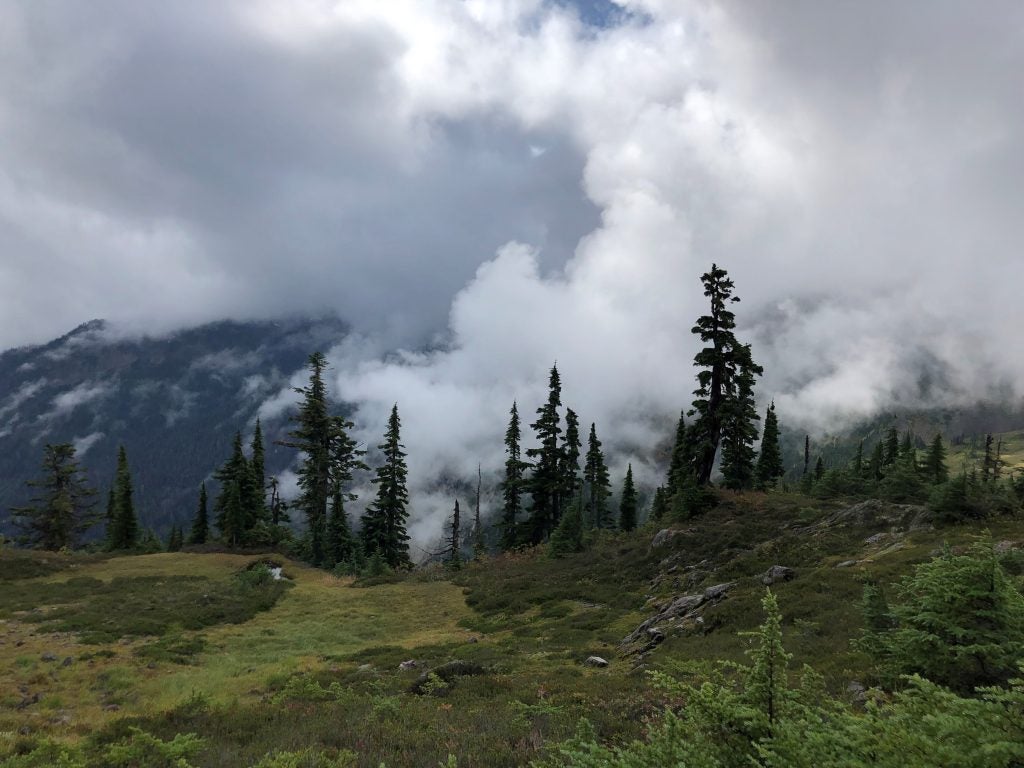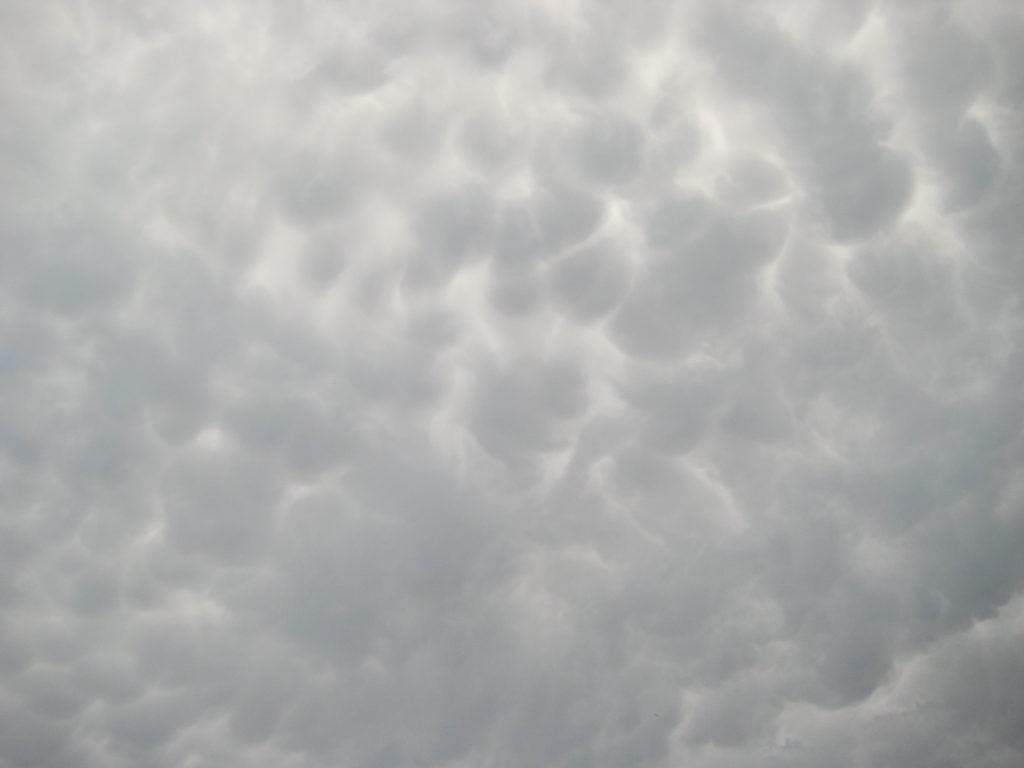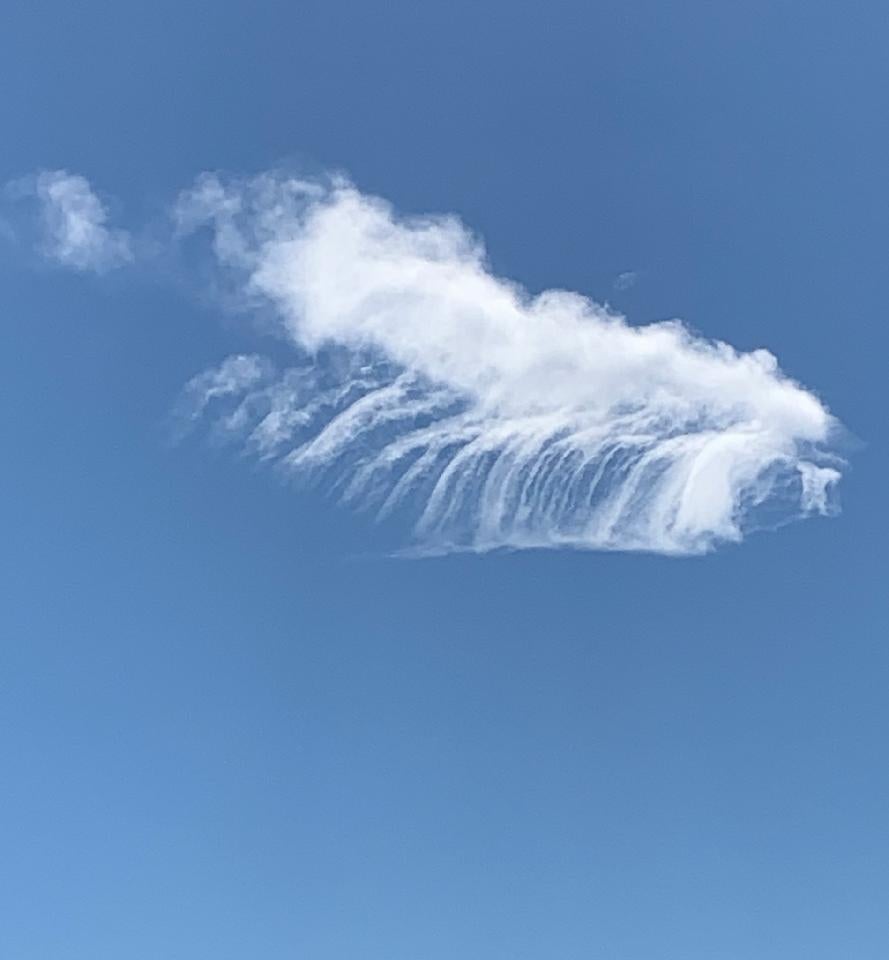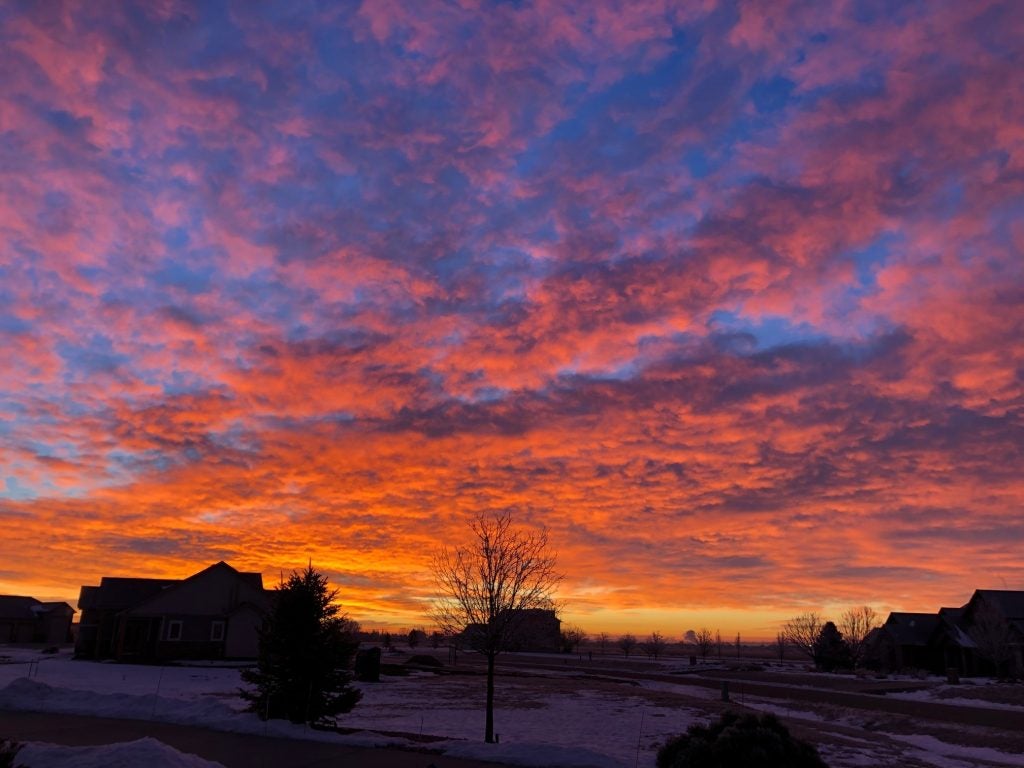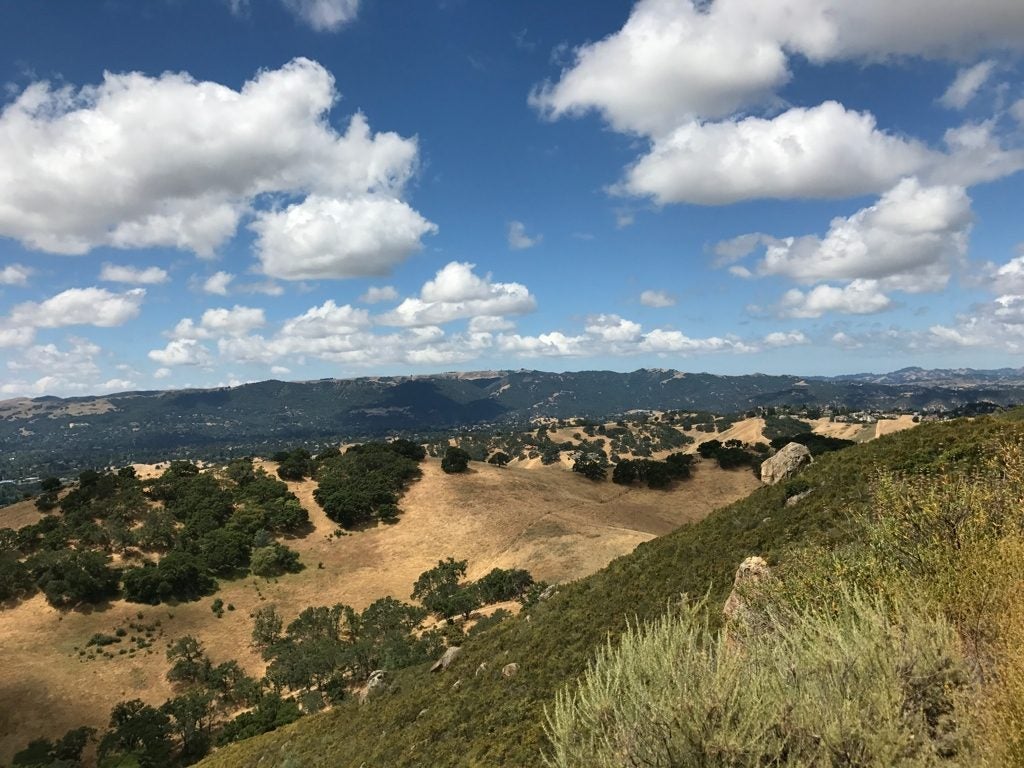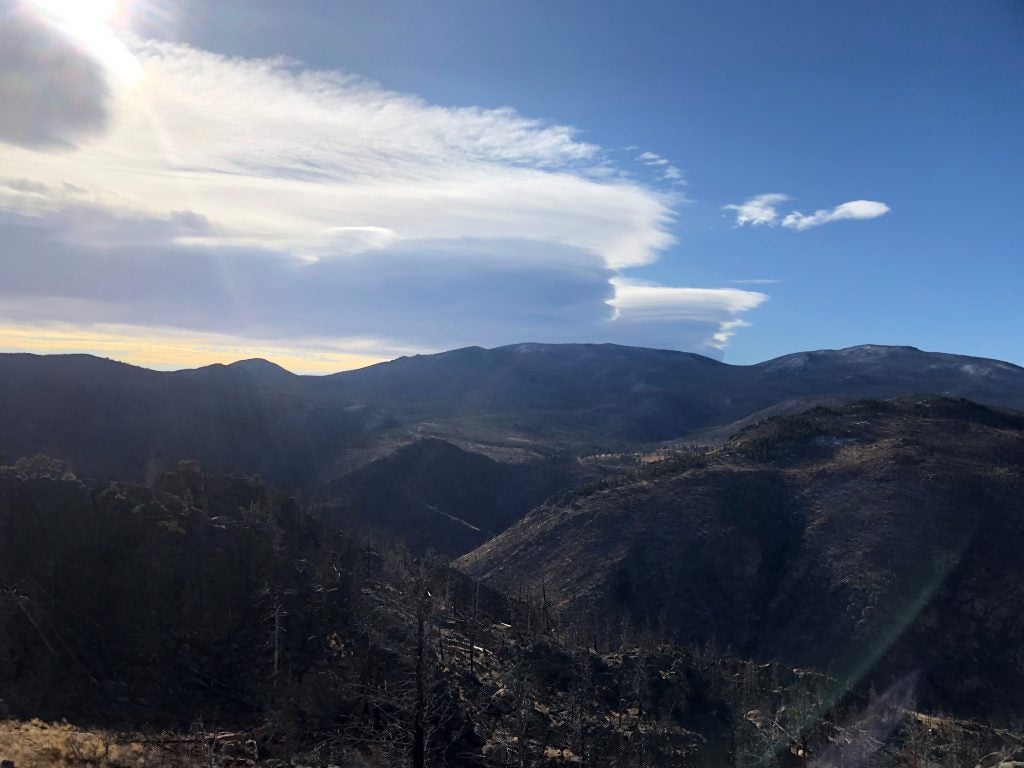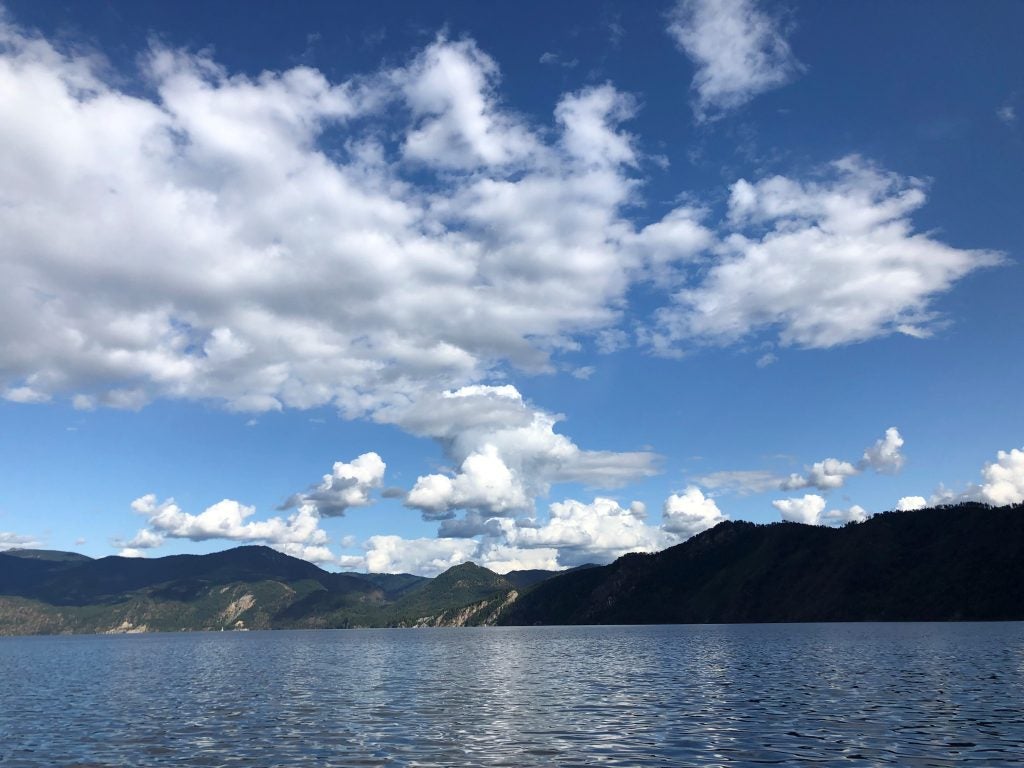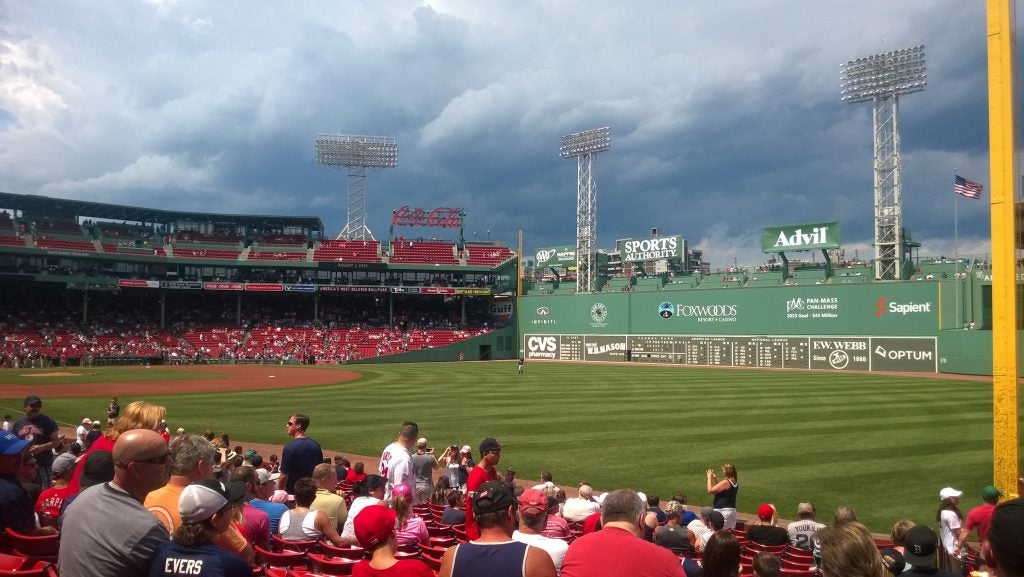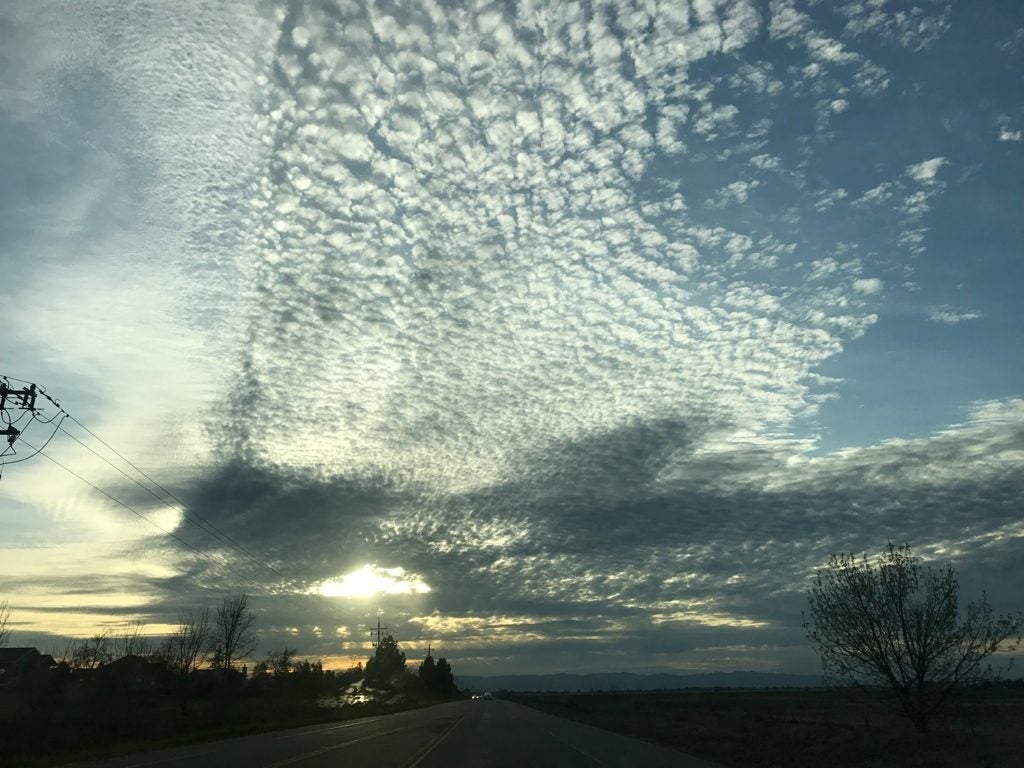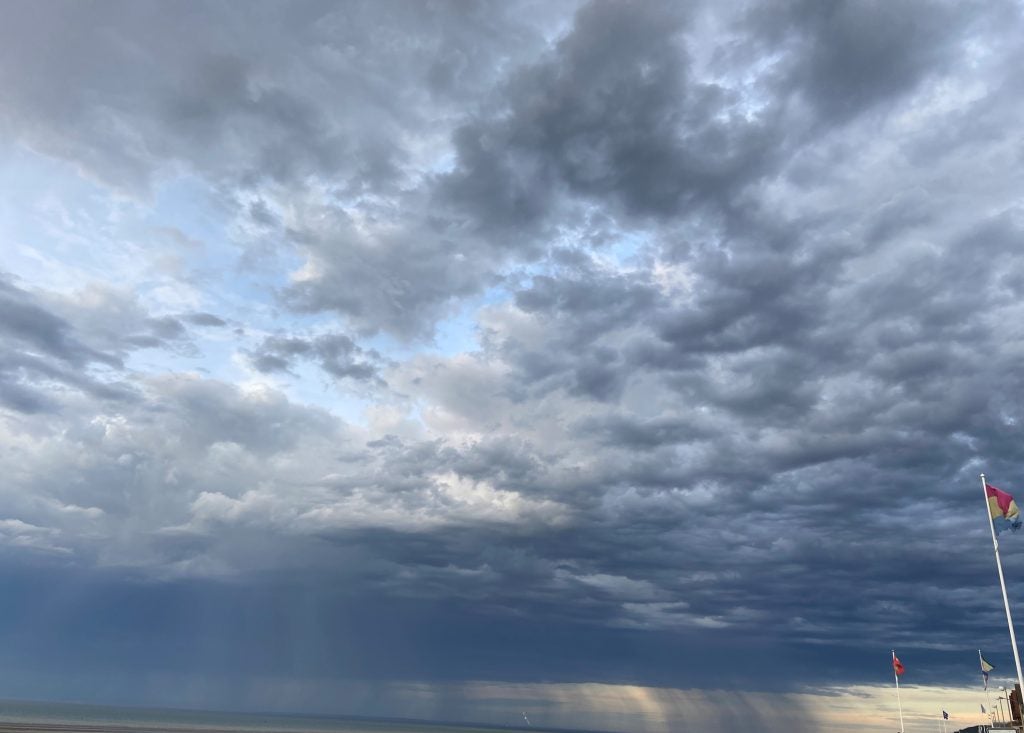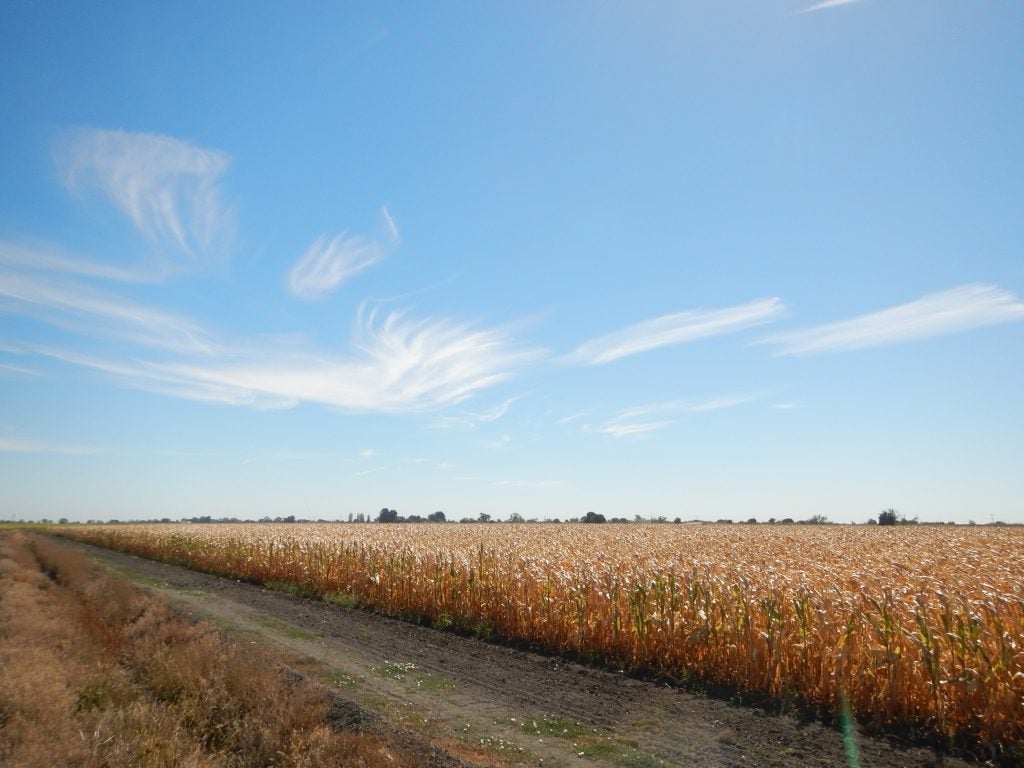If there is a ‘part 1’, there was probably going to be a ‘part 2’, right? In the second paper up on my Publications page about the tropical precipitation pickup, I break apart the standard total column humidity metric. I show that most clouds don’t actually care what the column humidity is. In some senses that is not at all surprising, but in other senses that is. I separate the column moisture into two parts. Armed with these two new measurements of moisture, we can describe why the pickup value occurs where it does. The other interesting suggestion in this paper is that of a discrete set of rules cloudy atmospheres seem to follow. The moisture state of the convective tropical moisture is transient. At long enough time scales, the atmosphere is always moving toward the pickup value (either from below or above it). Local layers are also always trying to limit their local humidity. If you combine these two rules, you can compactly describe the evolution of the tropical convective atmosphere. Pretty cool.
Month: June 2017
It’s been a long time coming, but my first set of papers on the tropical “precipitation pickup” are finally in press. You can find a link to both papers on the “Publications” tab. In Part I, I spend ~6000 words discussing the ways in which clouds and precipitation processes depend on column humidity. It turns out that clouds don’t always care about column humidity. This makes sense for certain clouds like shallow/congestus convective clouds or for deep stratiform clouds that don’t span the troposphere. Yet, it has taken us nearly 15 years to actually put that down on paper. I won’t summarize the paper. If you want a quick summary, read the abstract. But, I will mention a few things that didn’t get published in that paper that I think are interesting. The first is that the precipitation pickup does not appear to be the result of a systematic change in stability. The tropical atmosphere is broadly unstable almost everywhere. Instability increases with column moisture, but it does not change state near the pickup in my simulations. The second is that nobody I have had a conversation with has agreed on precisely what the “scale invariance” of some of the precipitation statistics really means. If you, oh wise internet reader, have a suggestion, get in touch with me.
I was lucky enough to present some ongoing work at Bill Rossow’s retirement symposium earlier this week. It was a great chance to give an incredibly influential colleague (if I might be bold enough to call myself a colleague) a fun send off. Bill was a student of Carl Sagan’s at Cornell and got his start studying the clouds of Venus, Mars, and Jupiter. And, this is the thing that impressed me the most about Bill — his academic interests are truly eclectic. My feeling is that more of us should study a variety of things. It helps us makes connections that we couldn’t before. I think Bill’s work, especially his early work, bears the imprint of someone who was thinking about several different problems. Bill also taught me another valuable lesson: suspenders make the man. Happy retirement, Bill.


